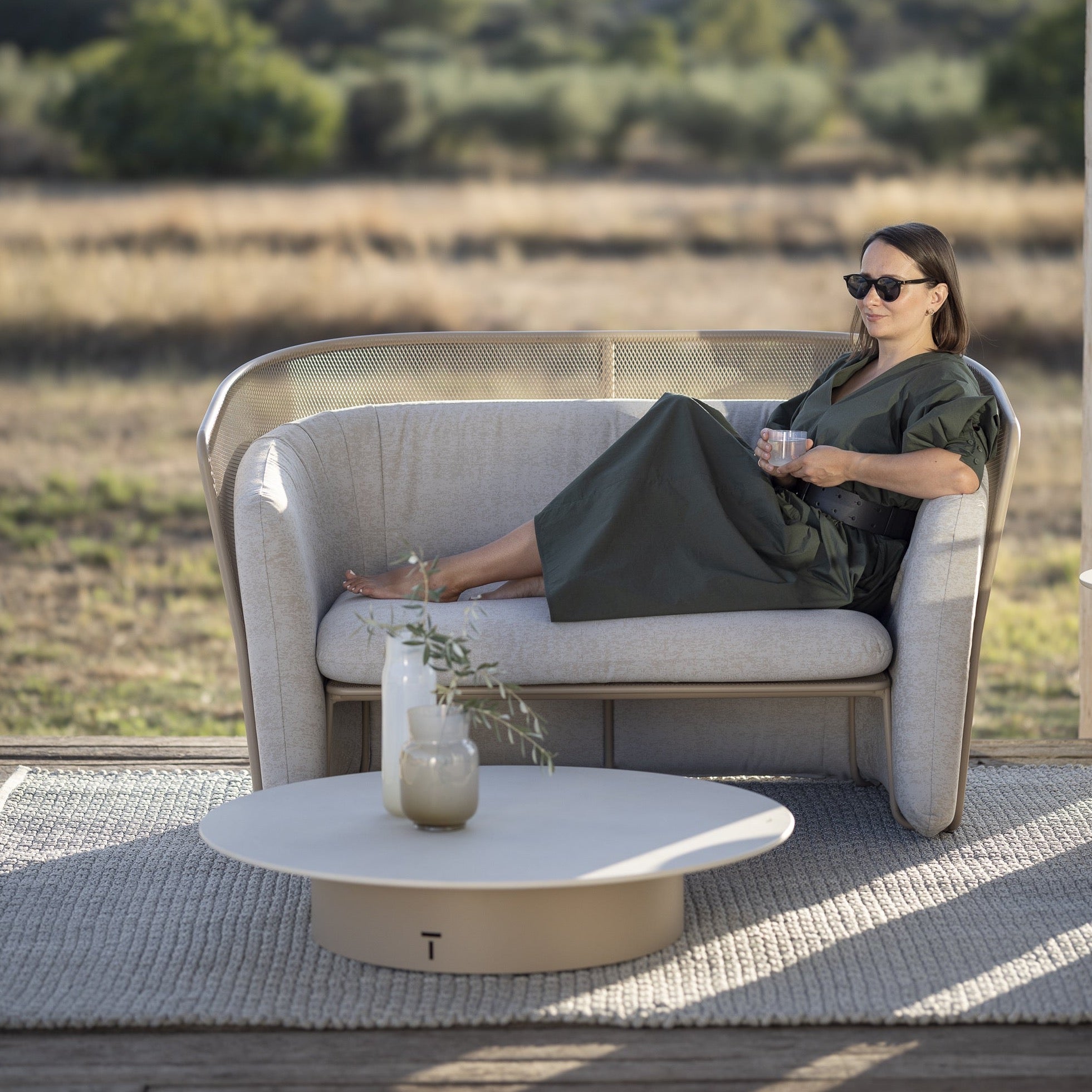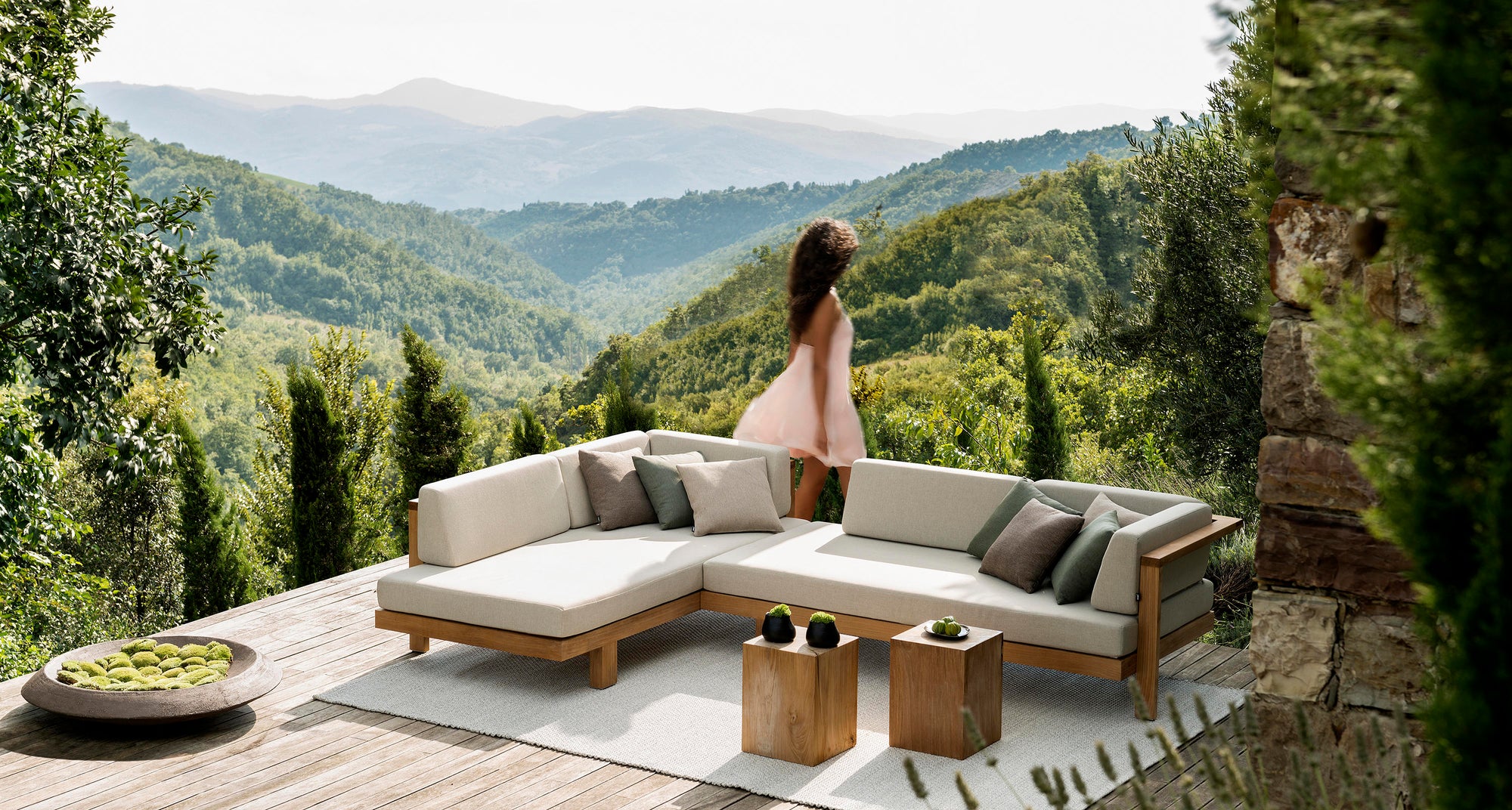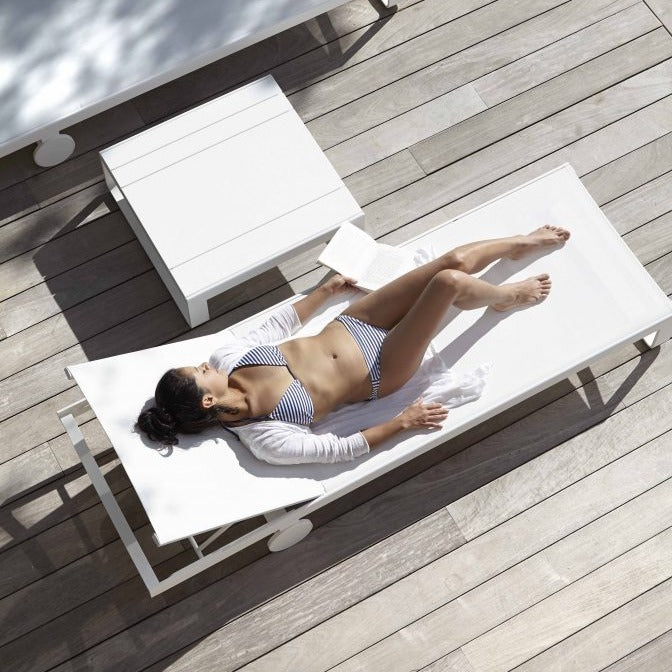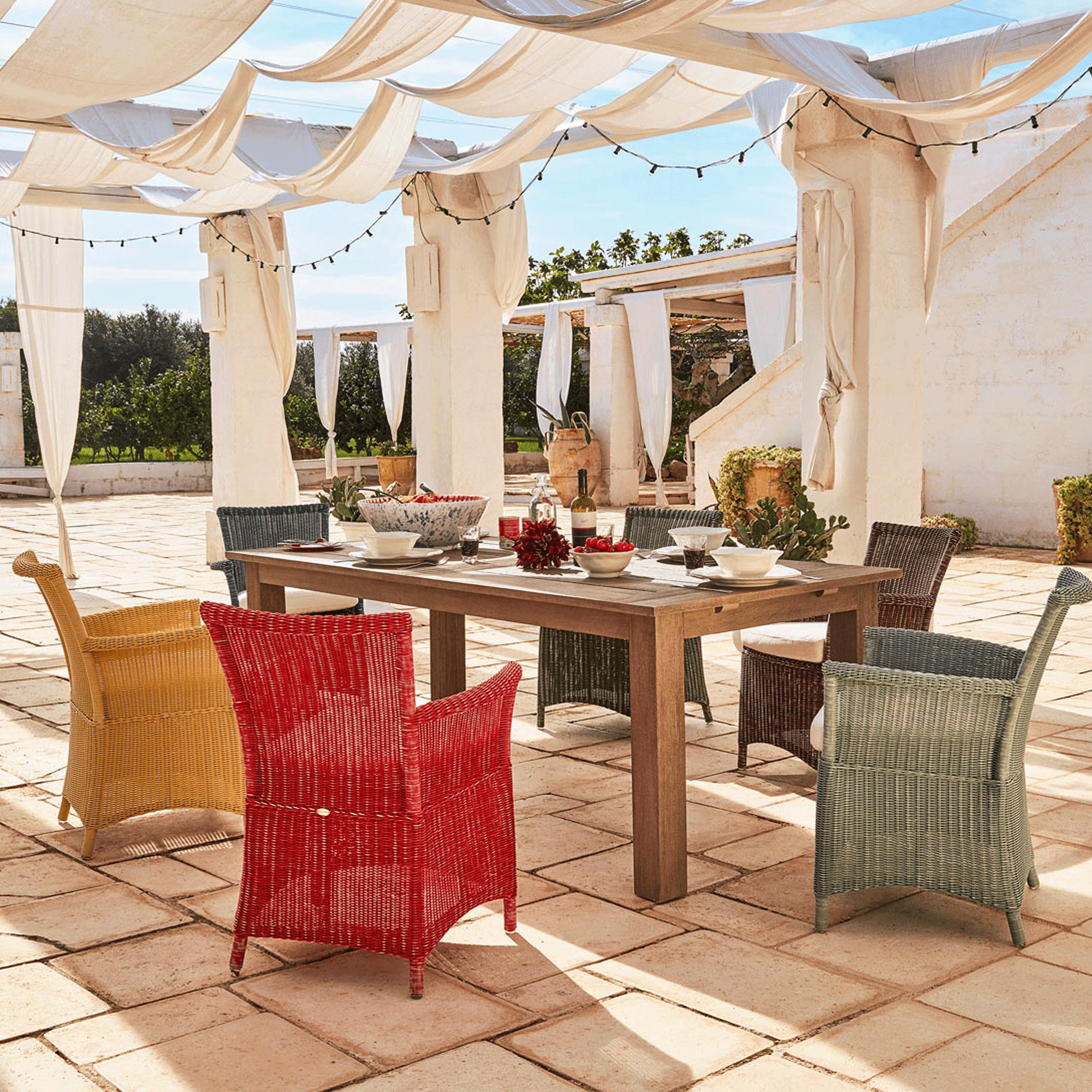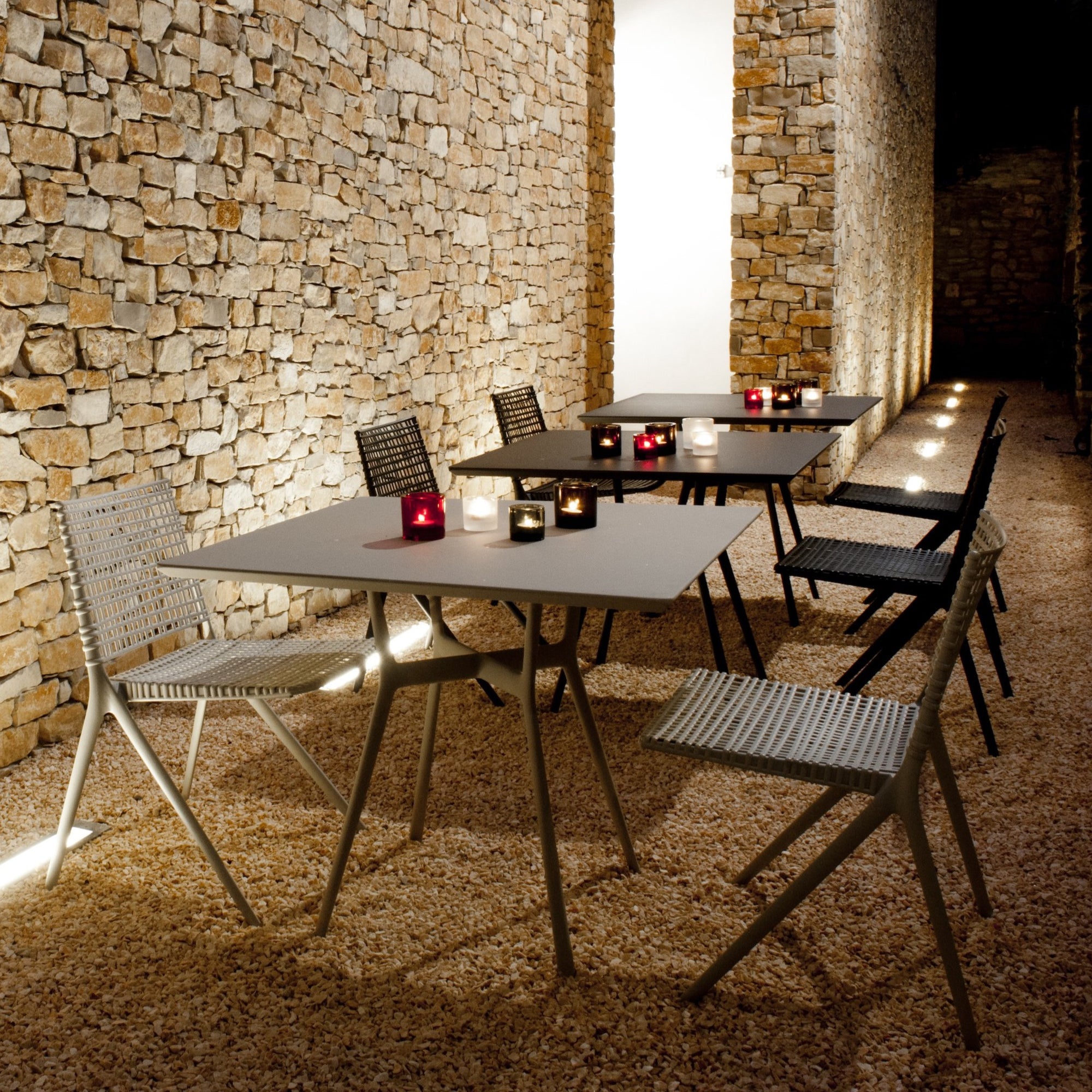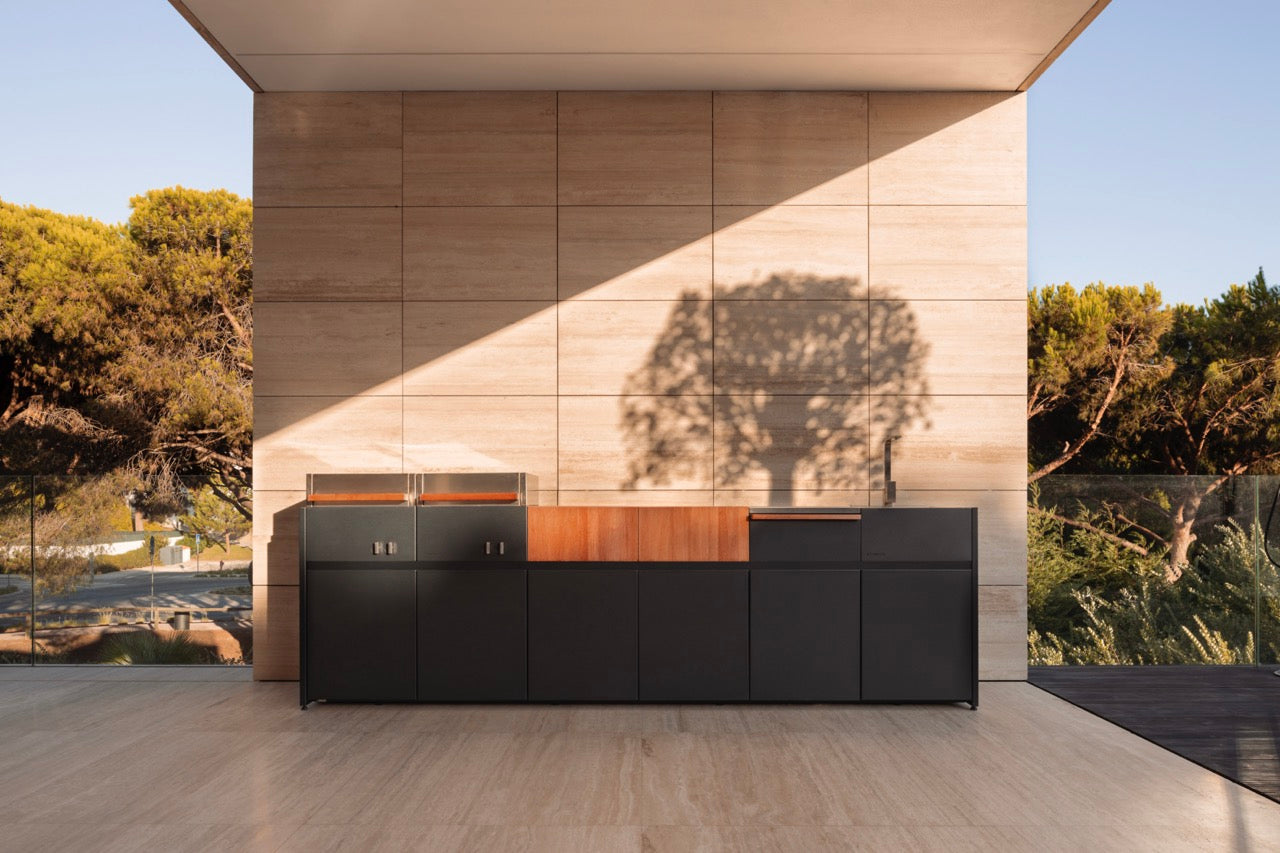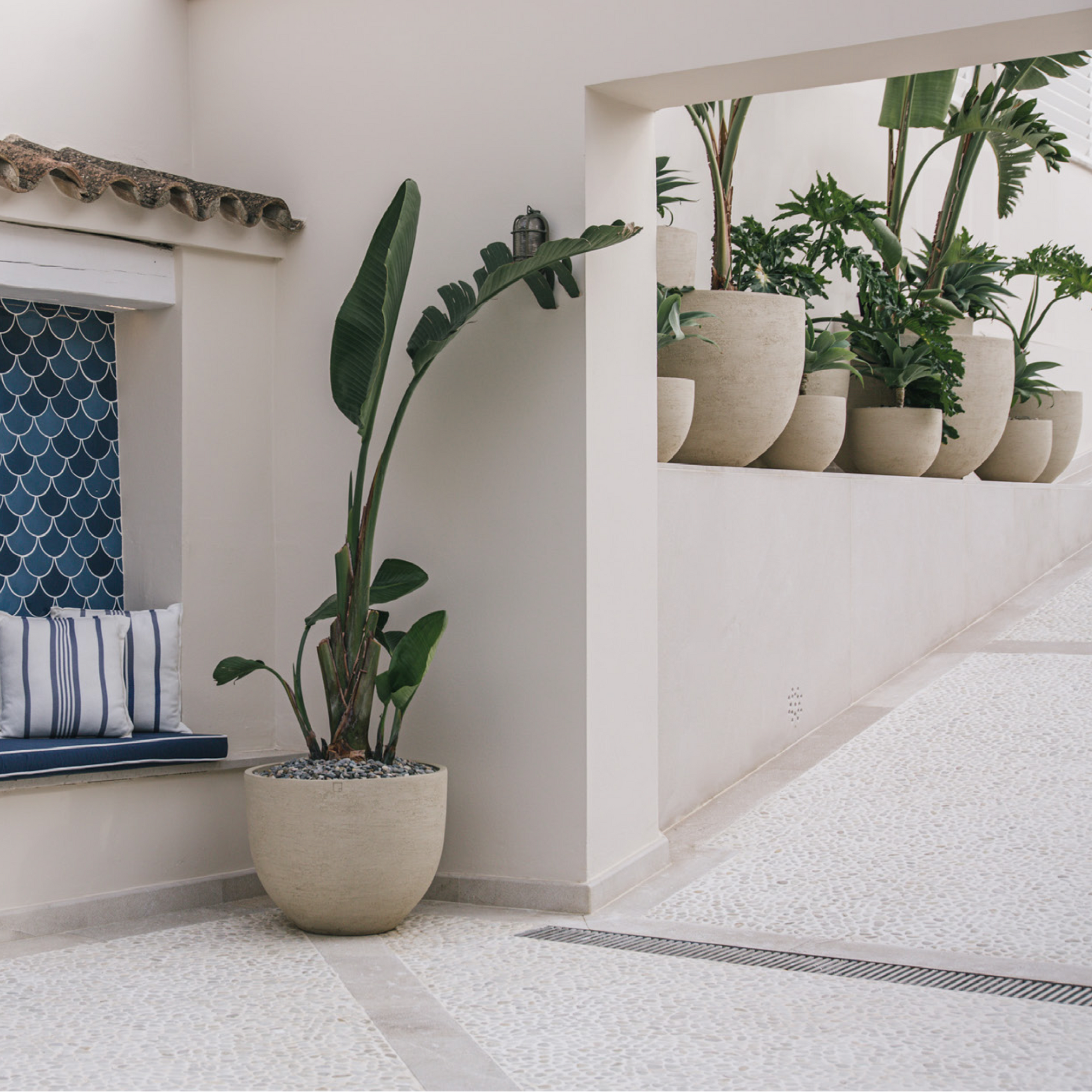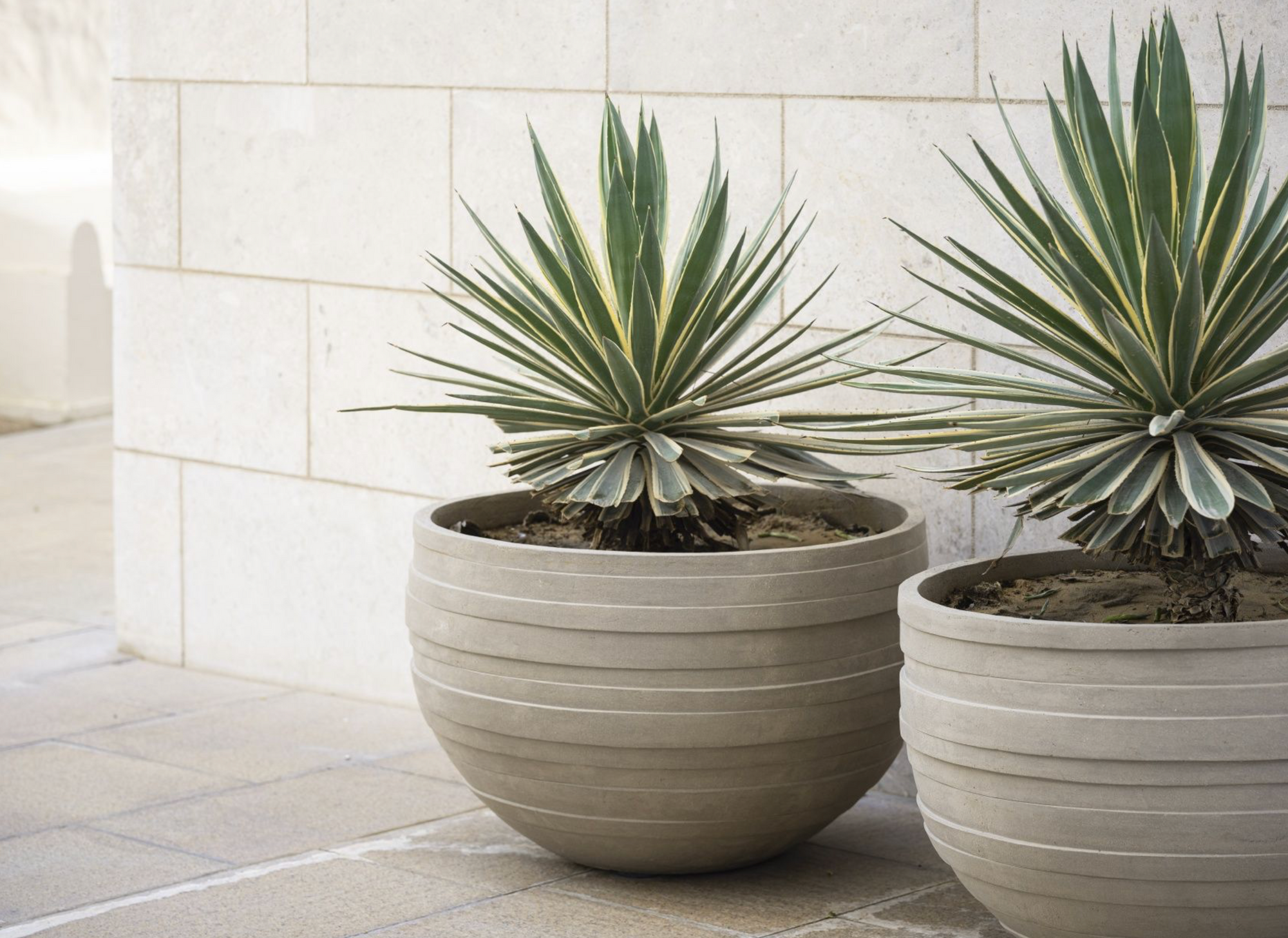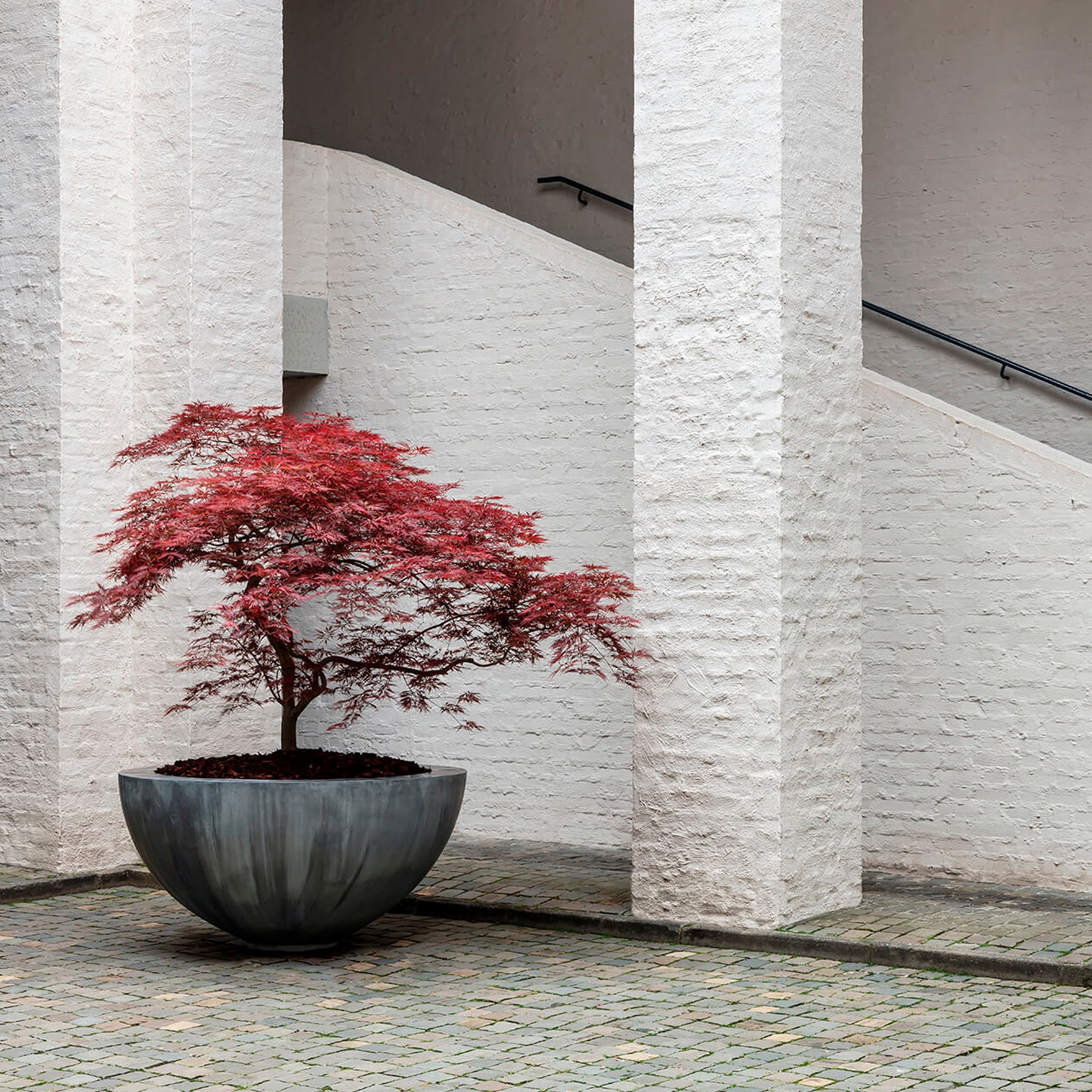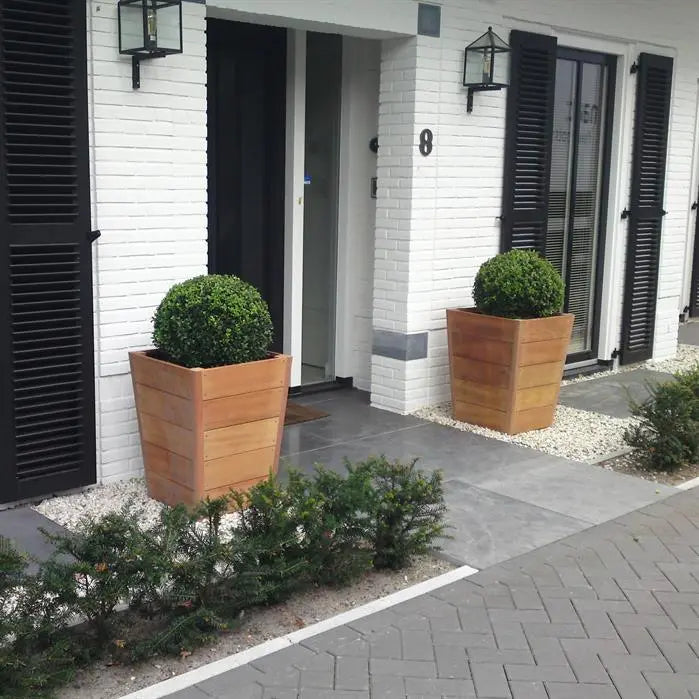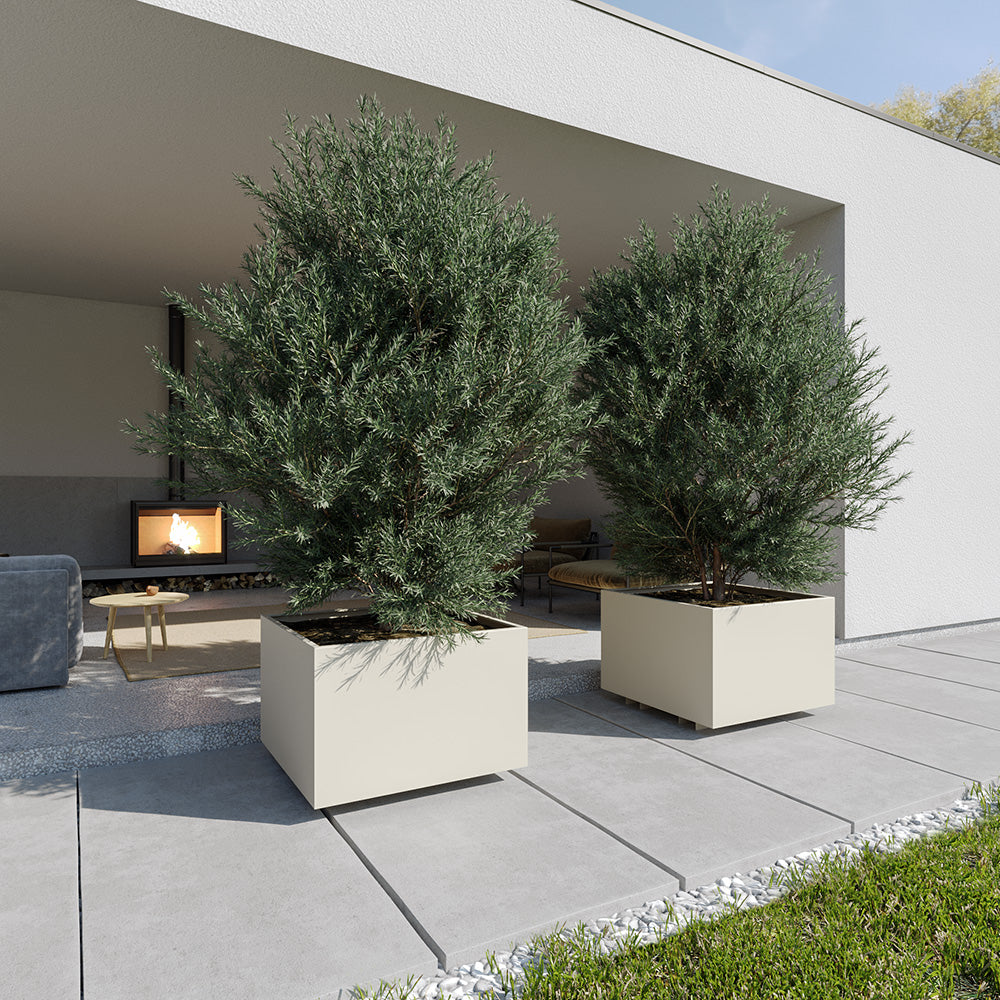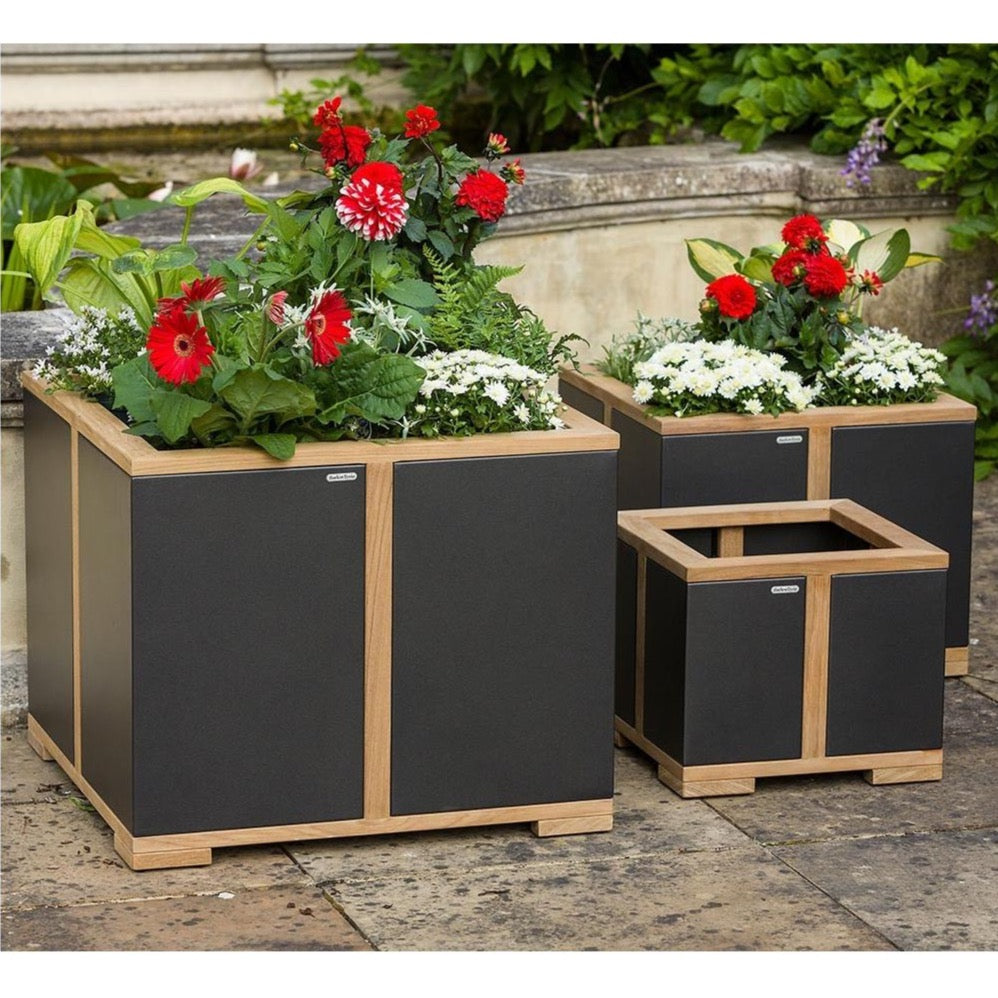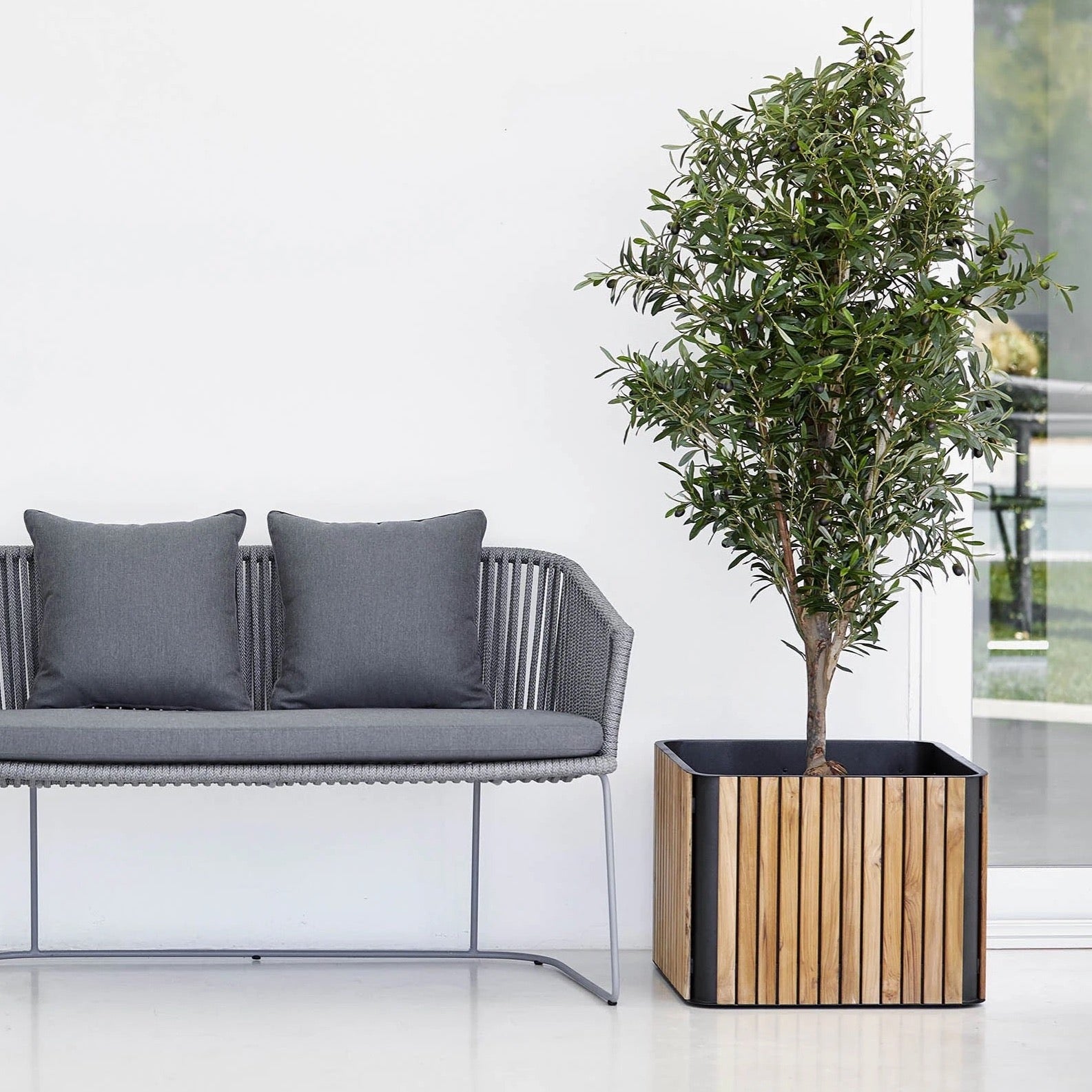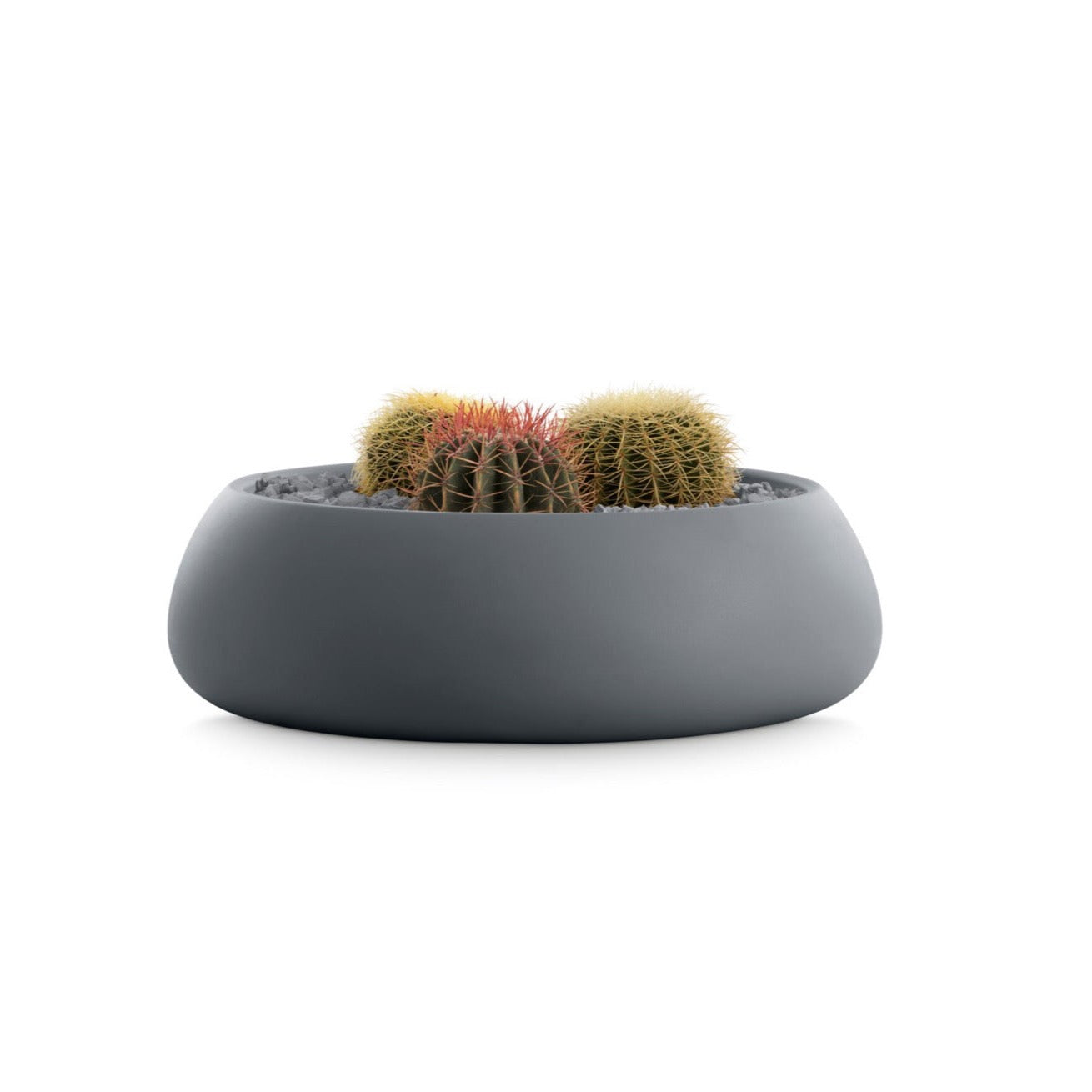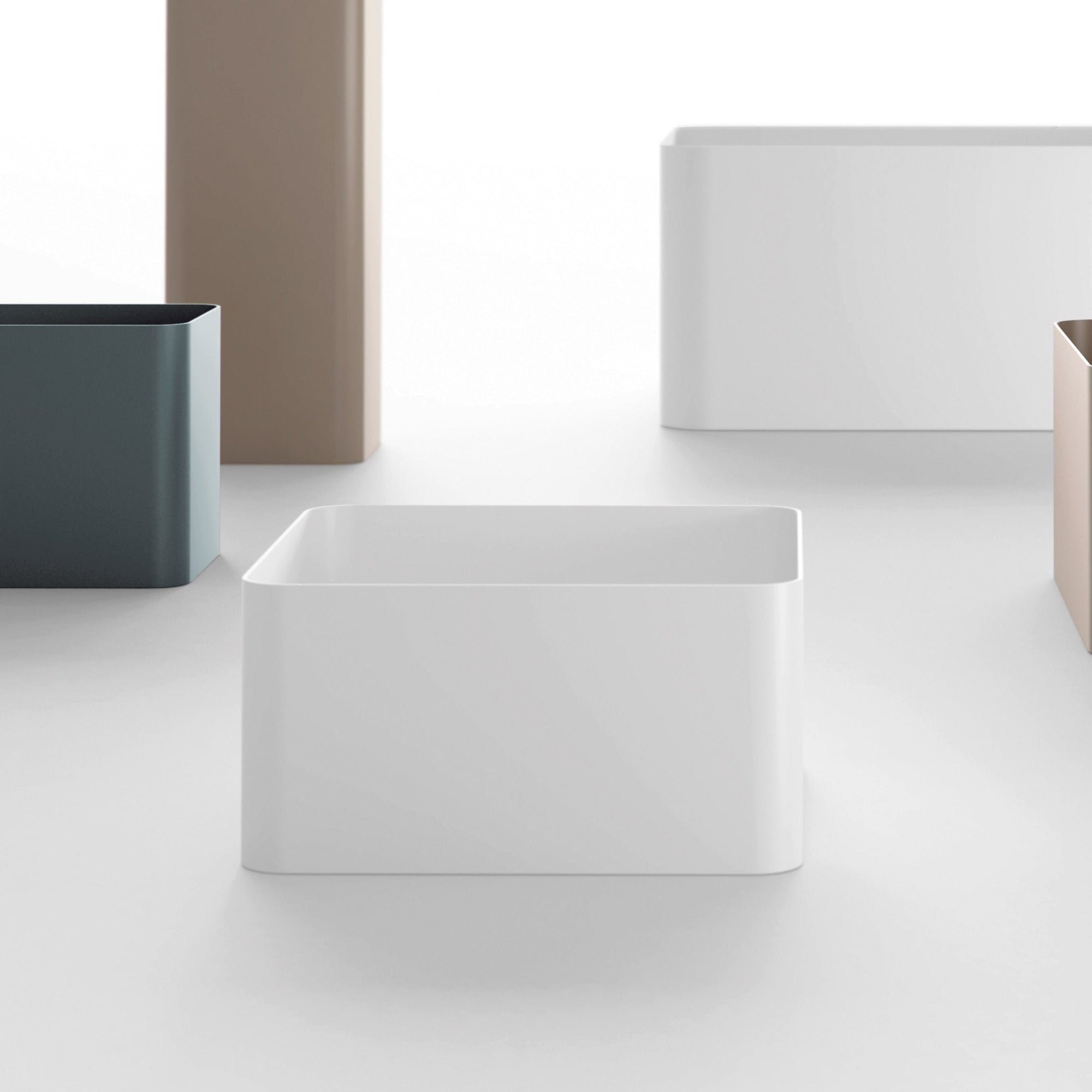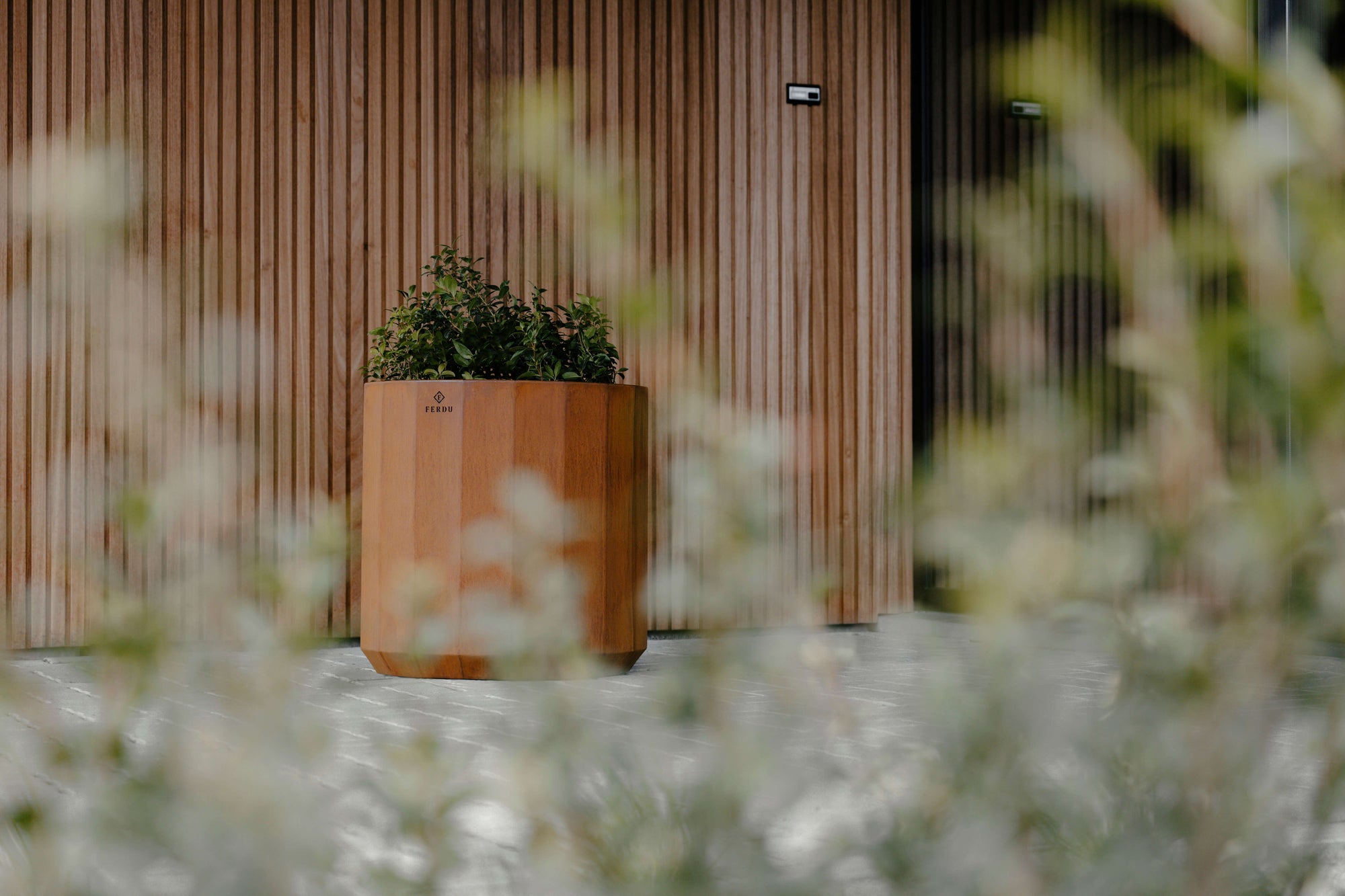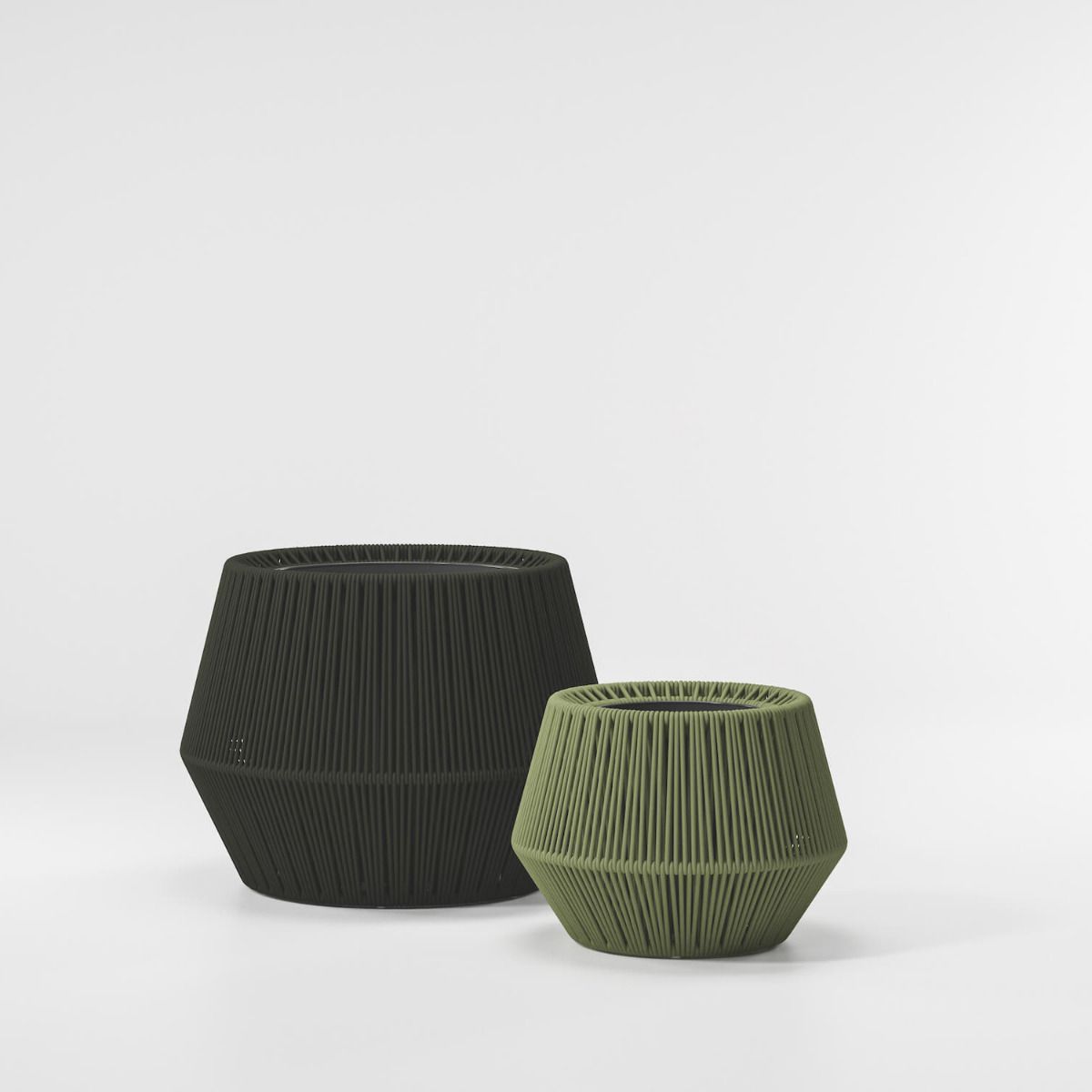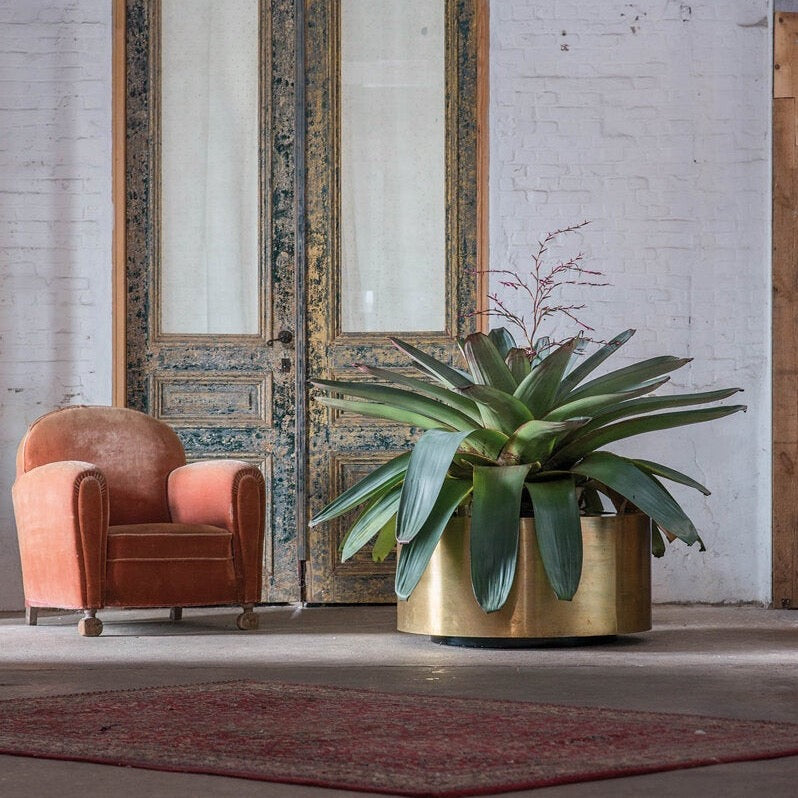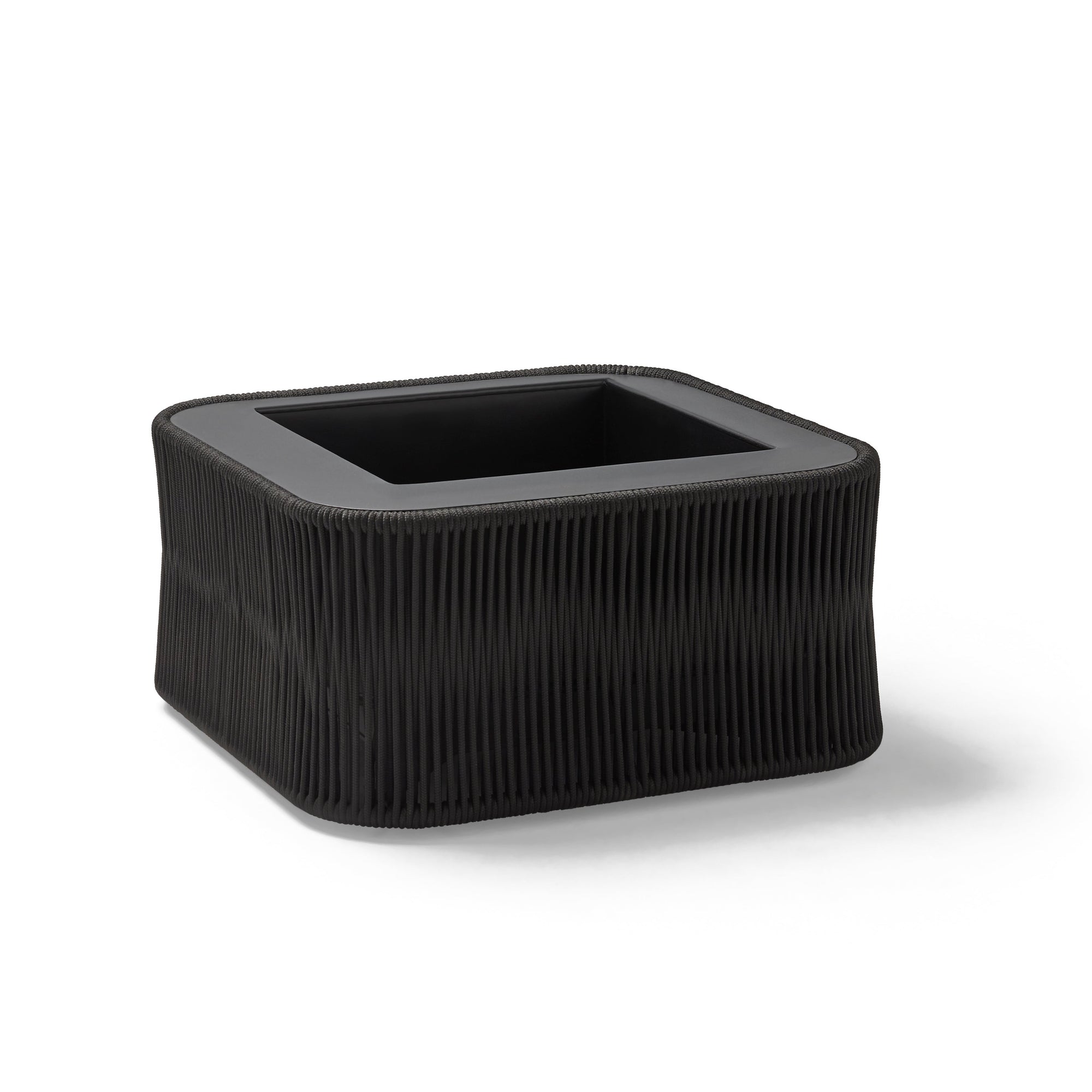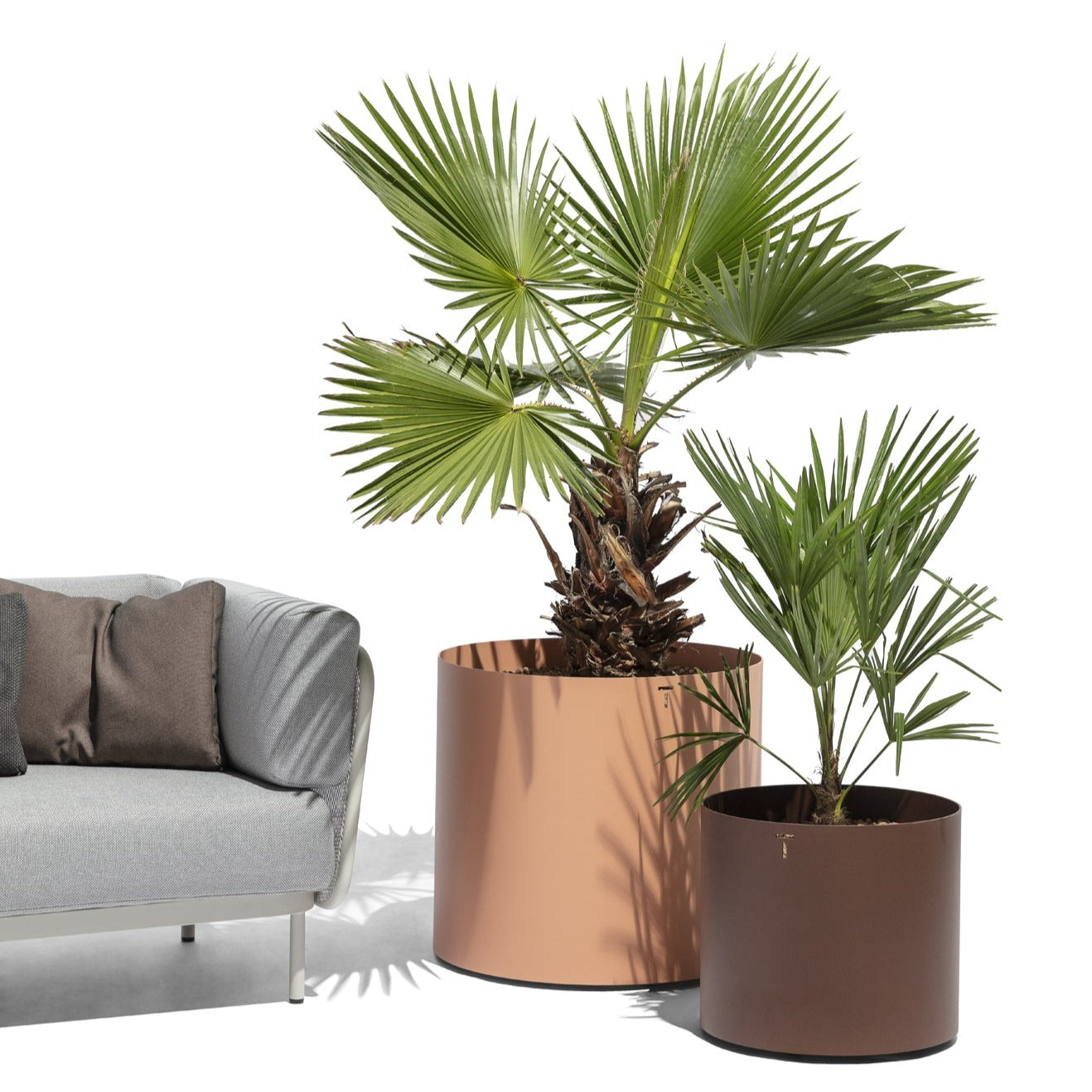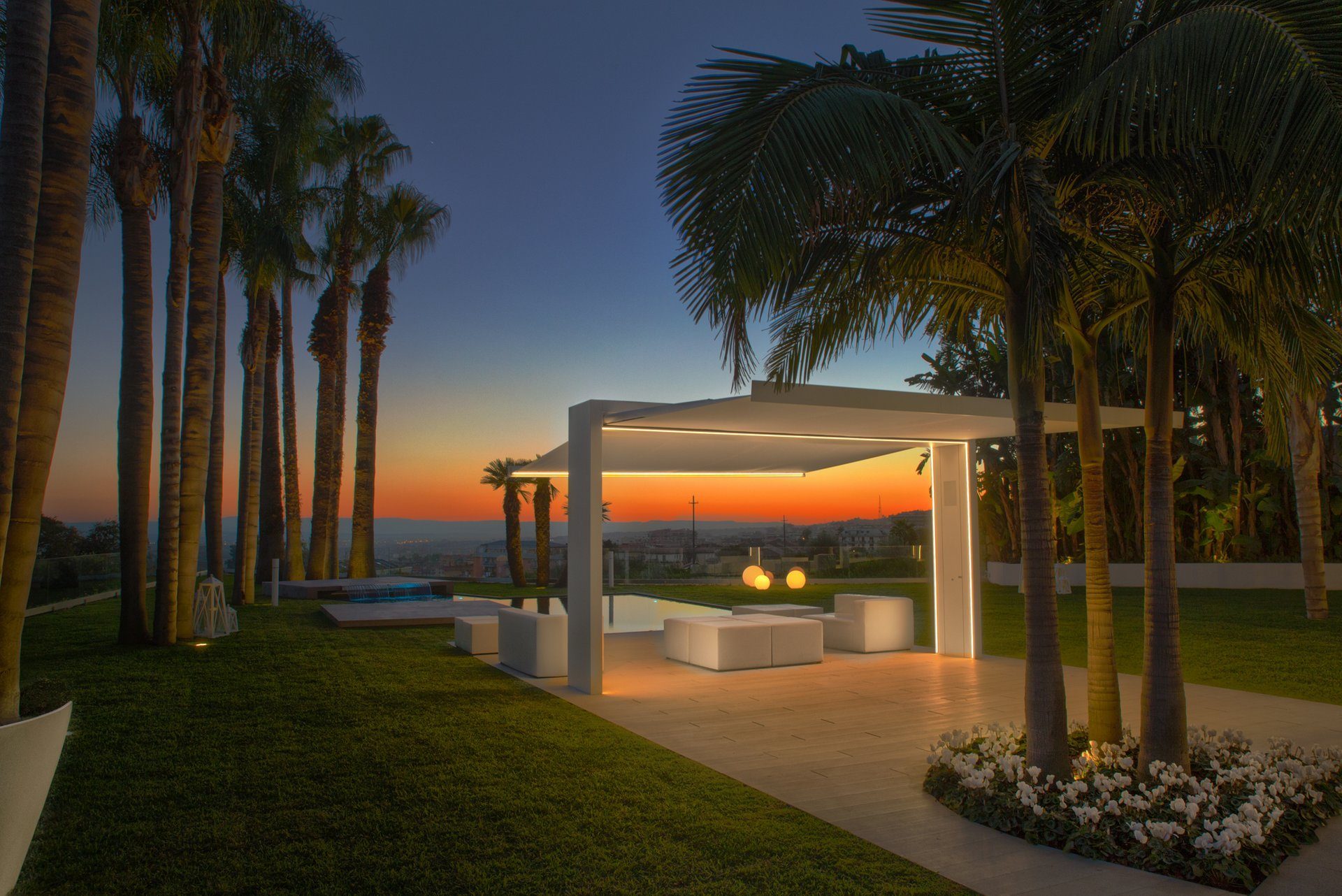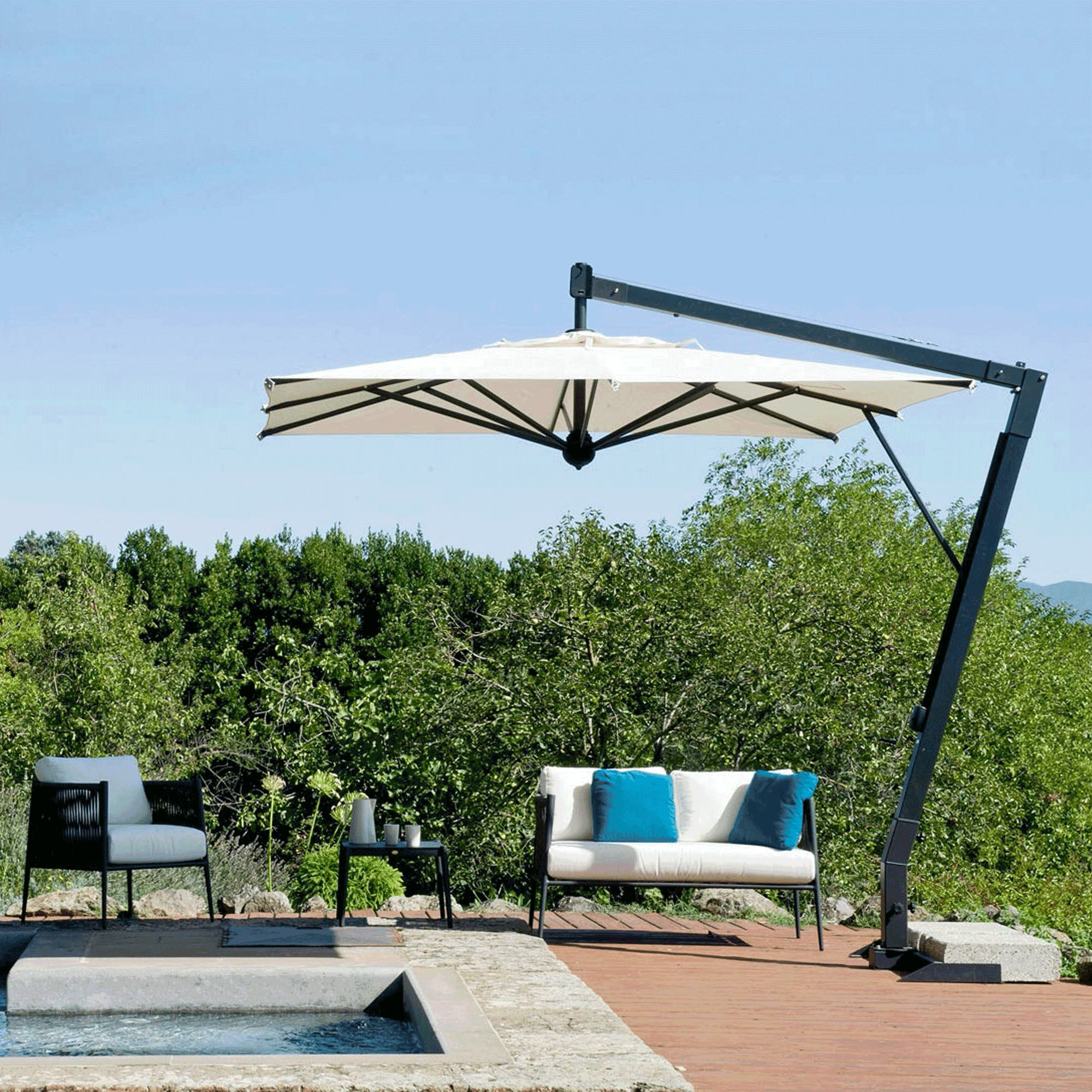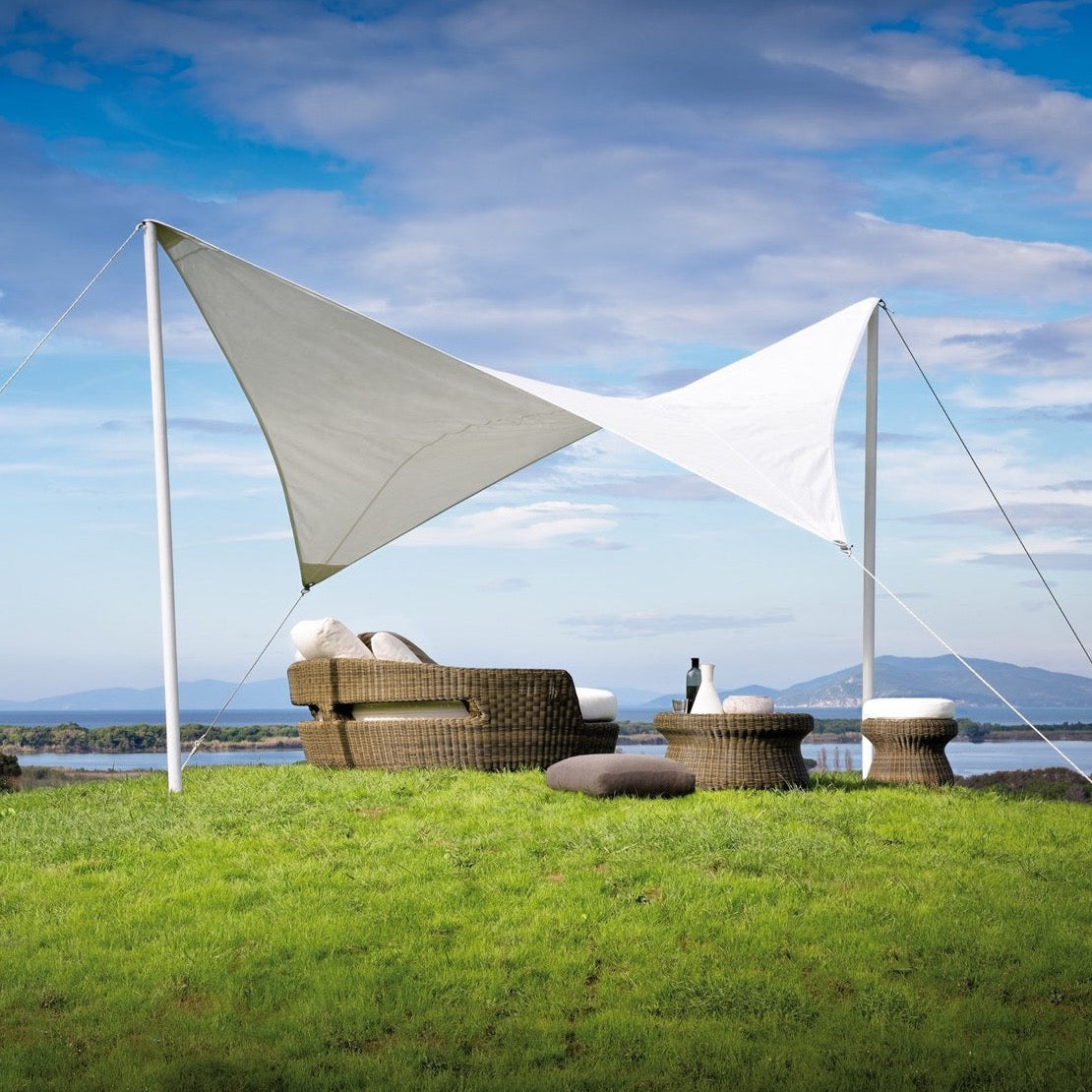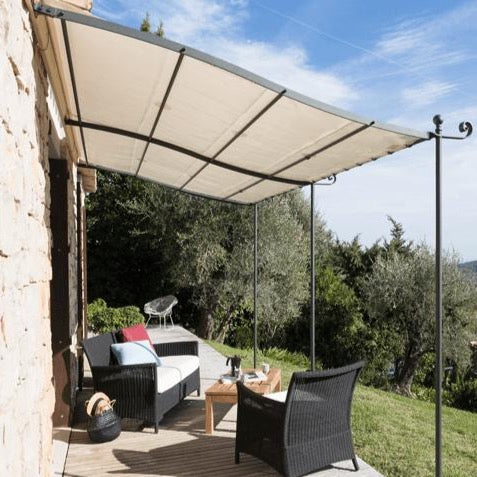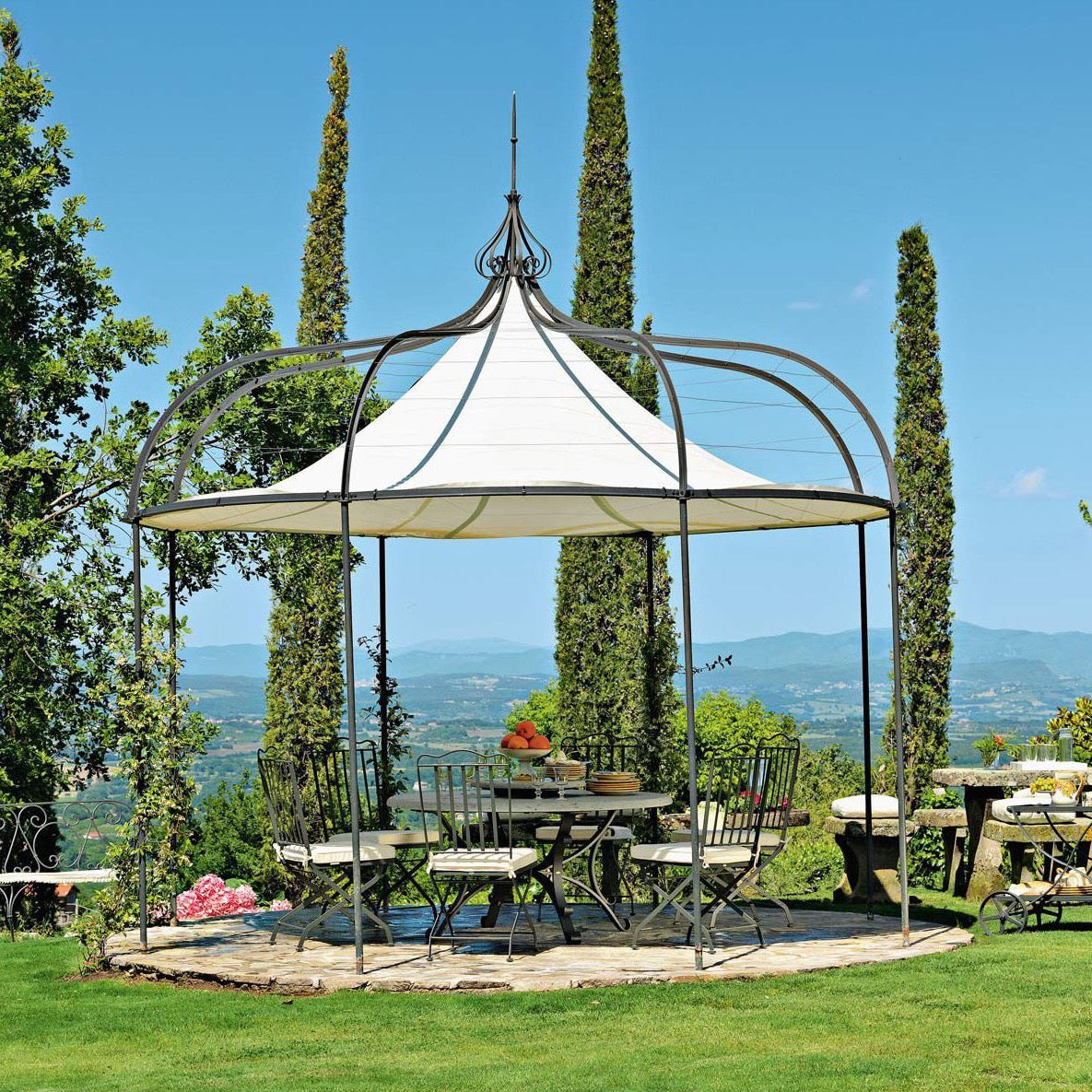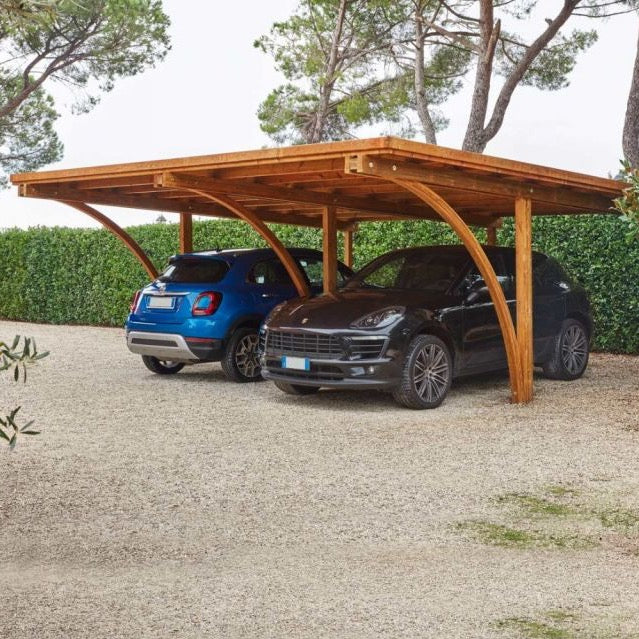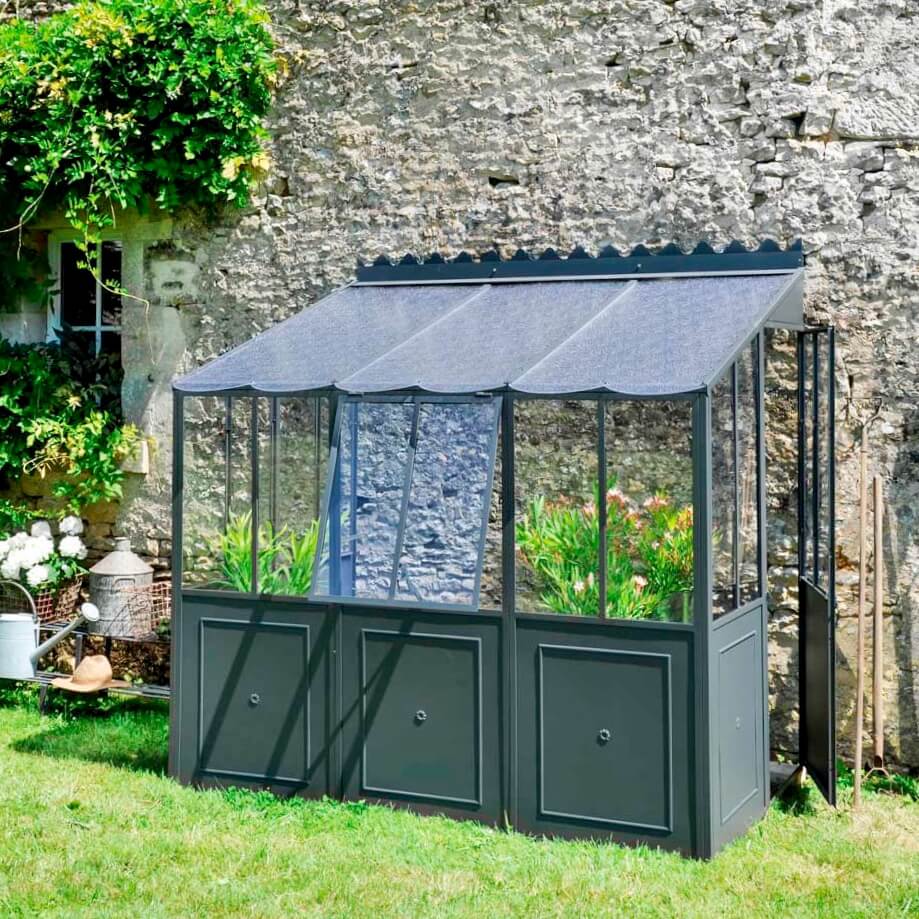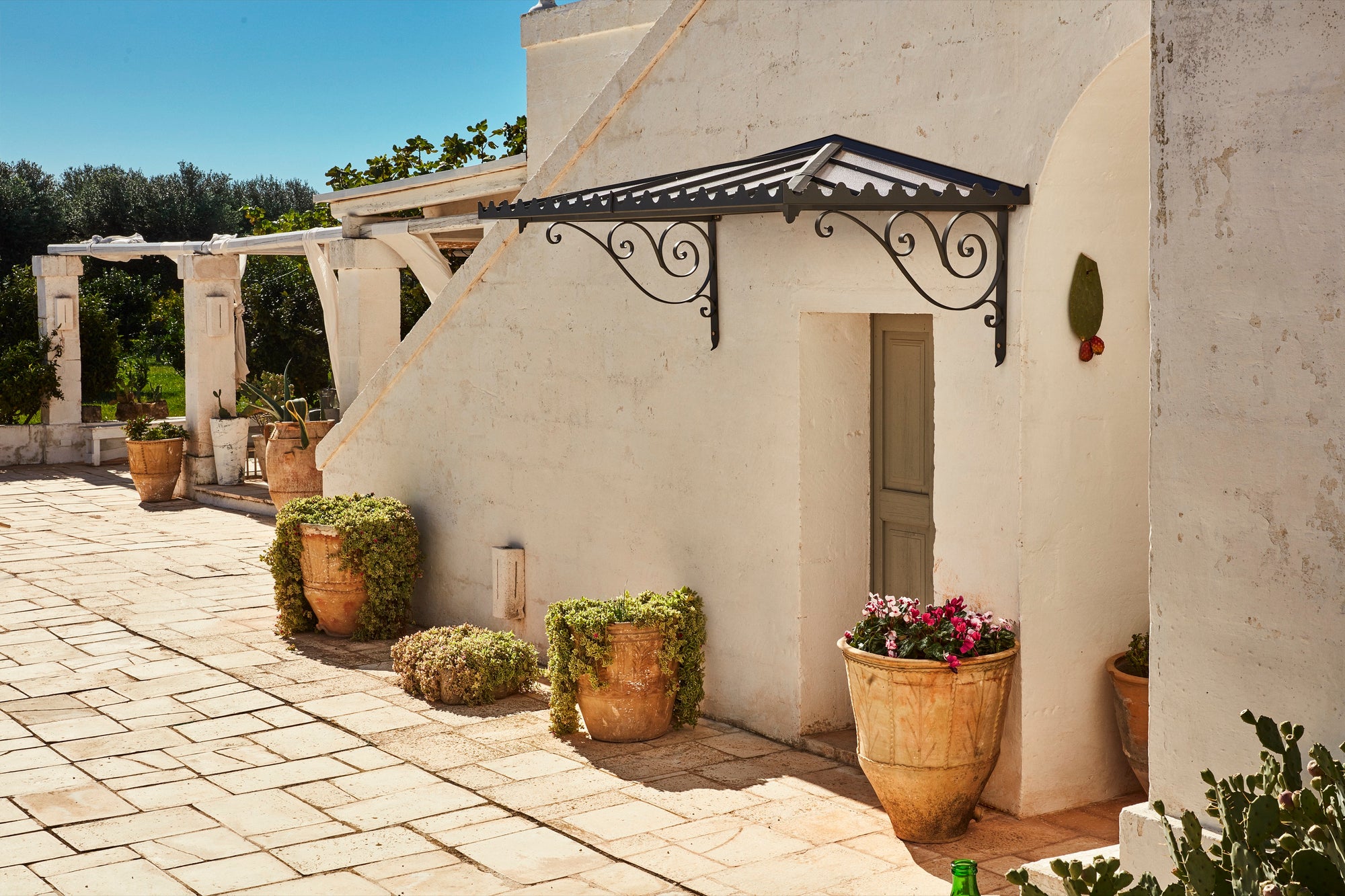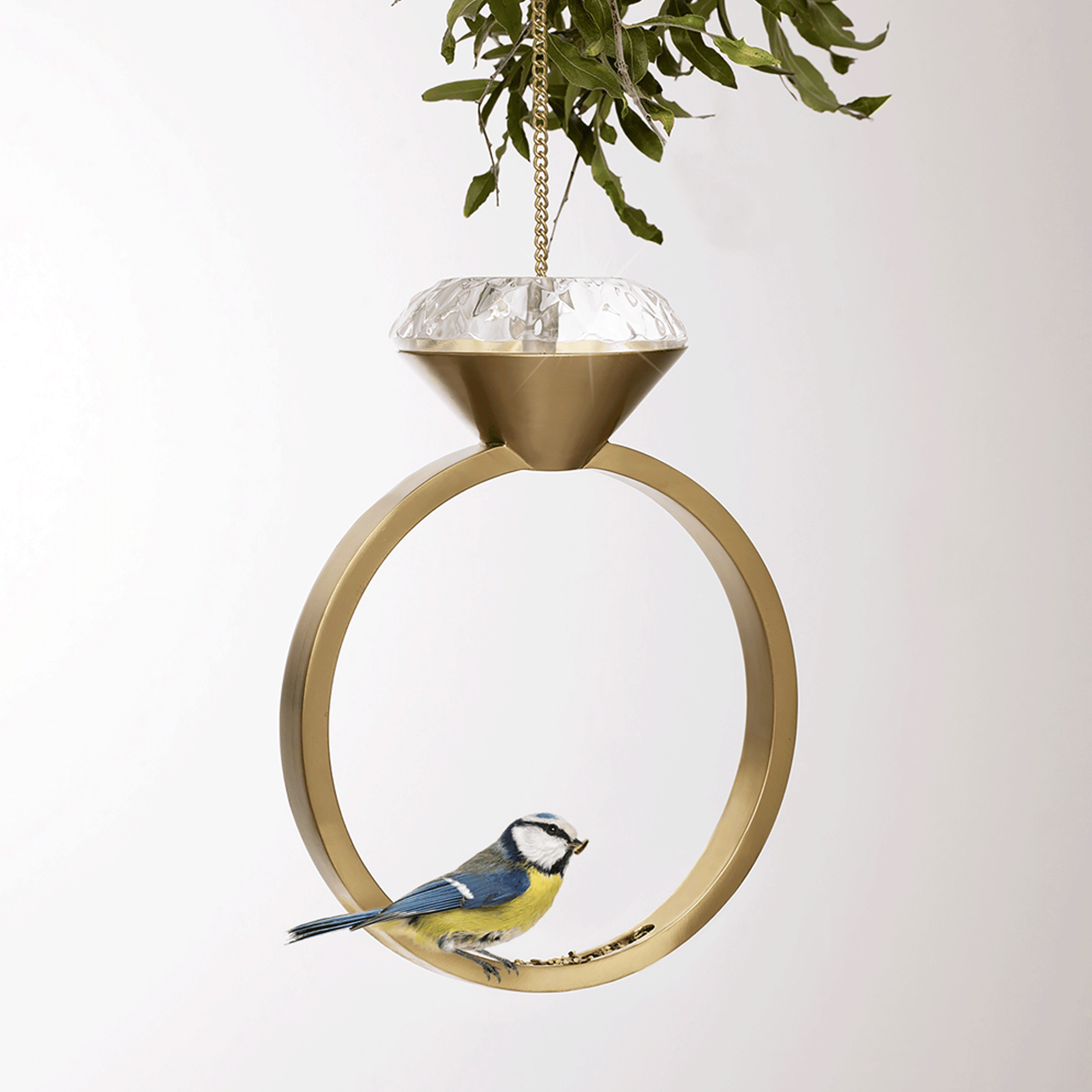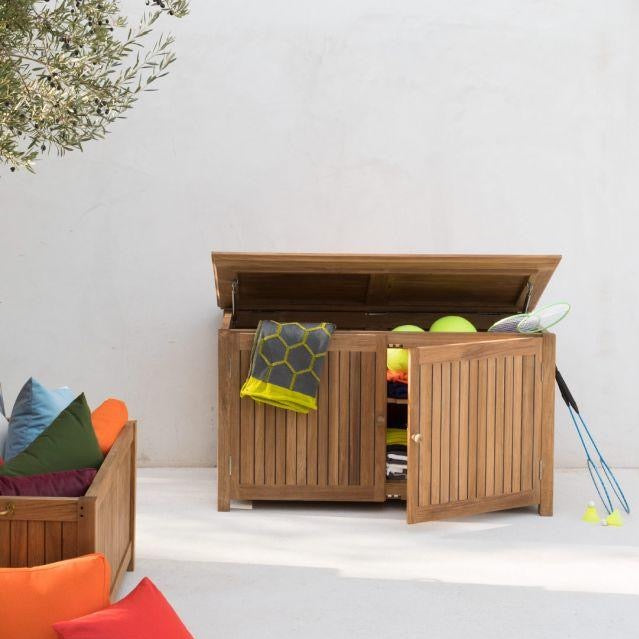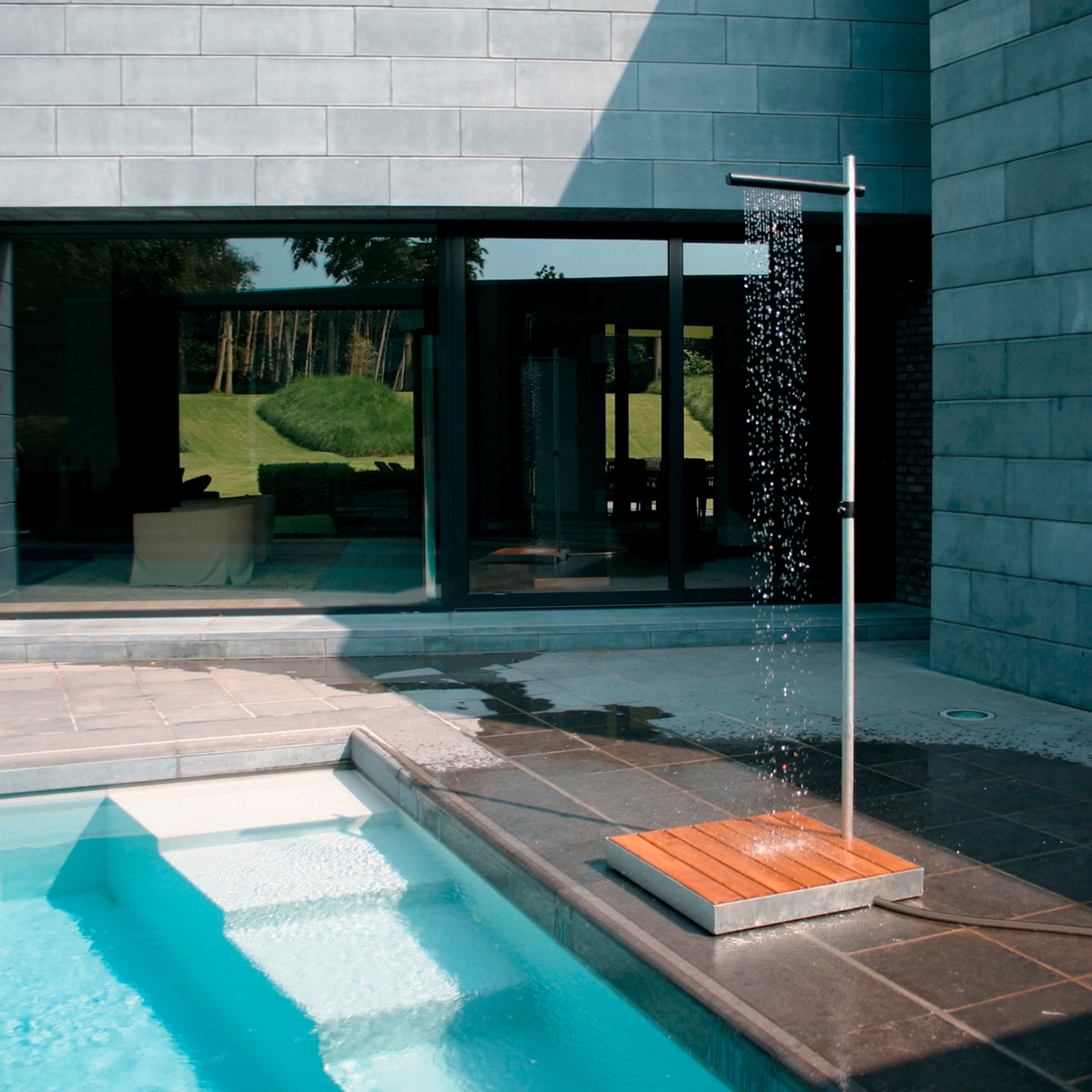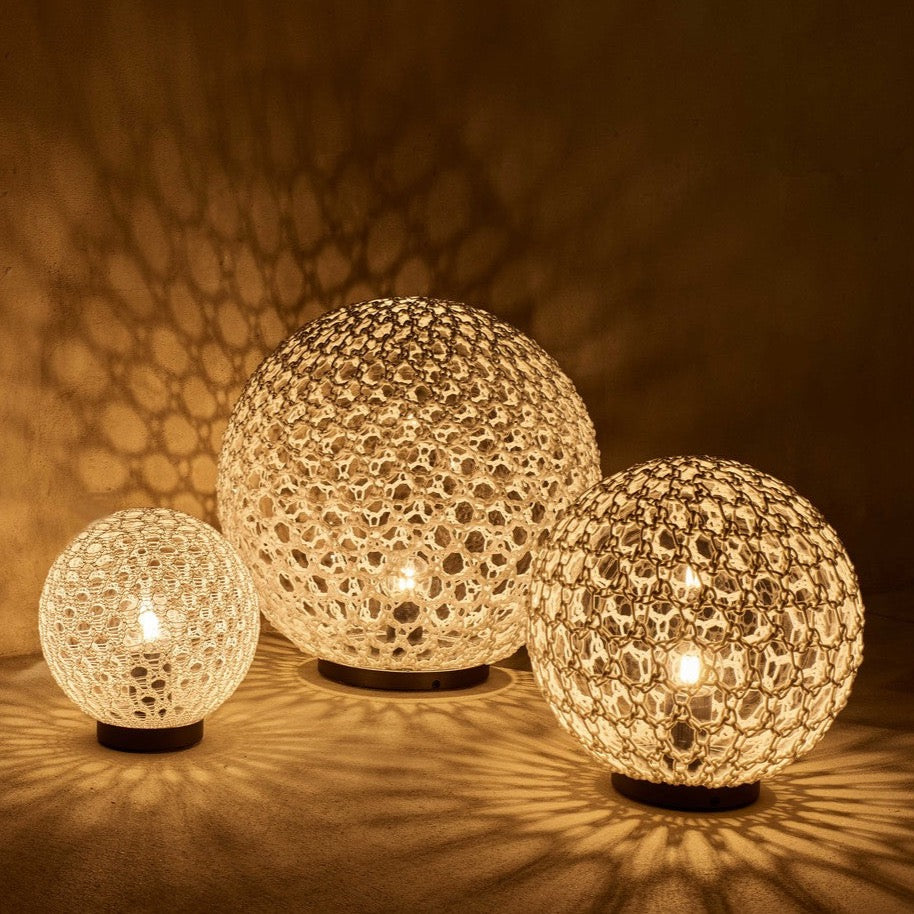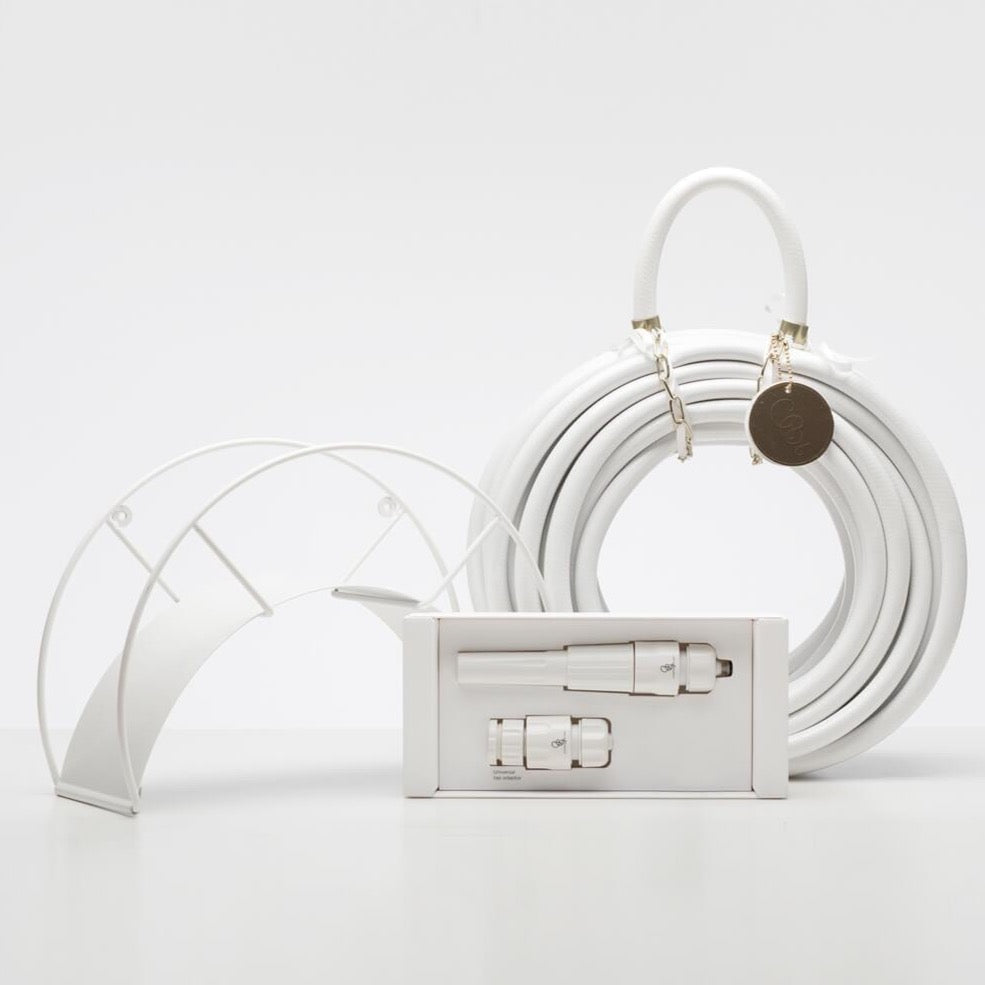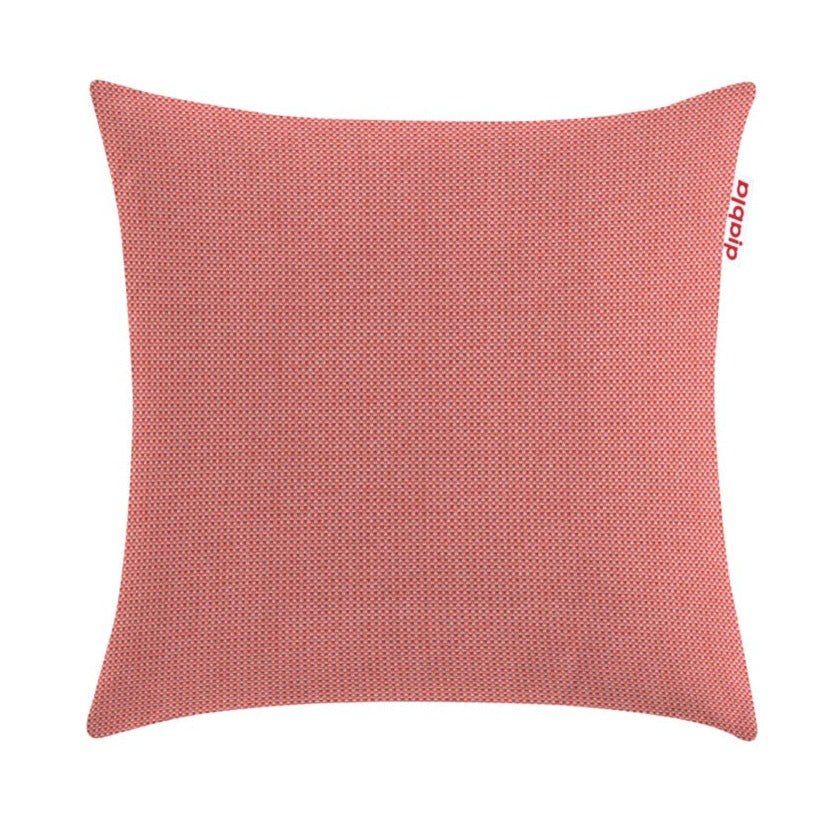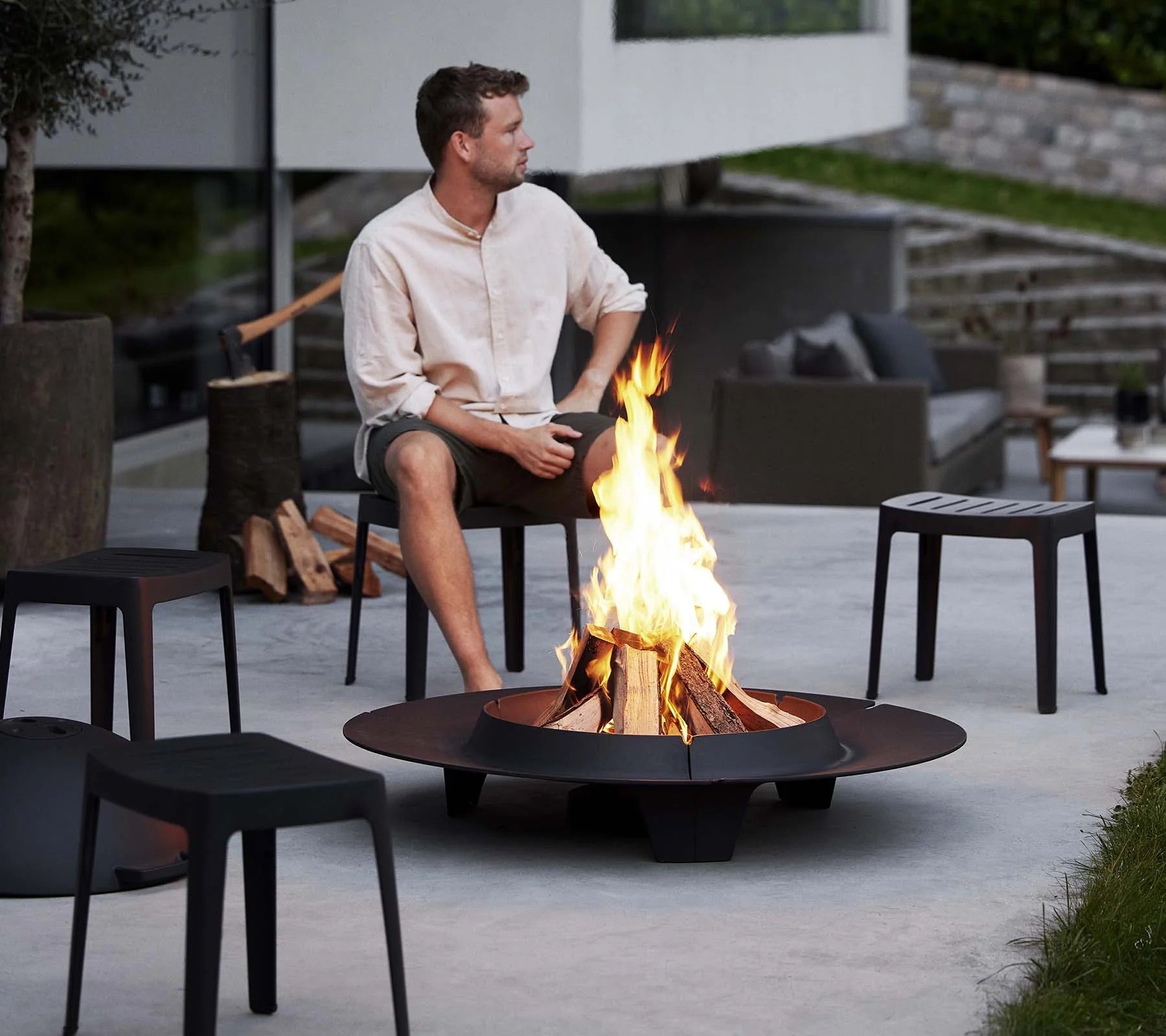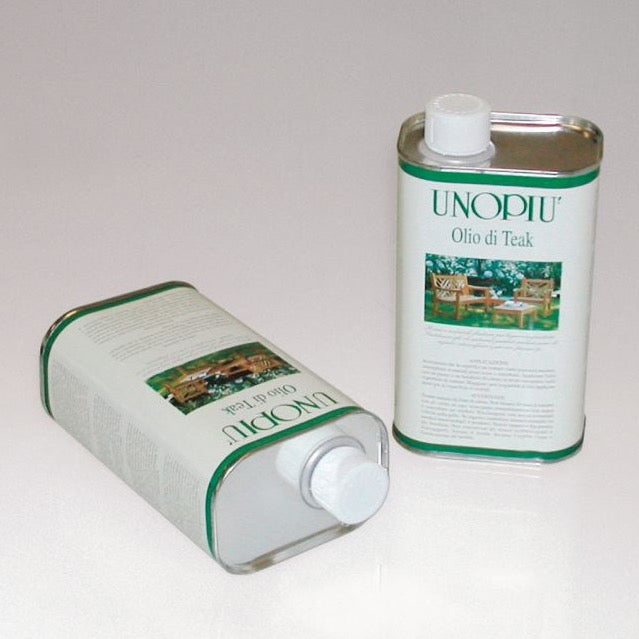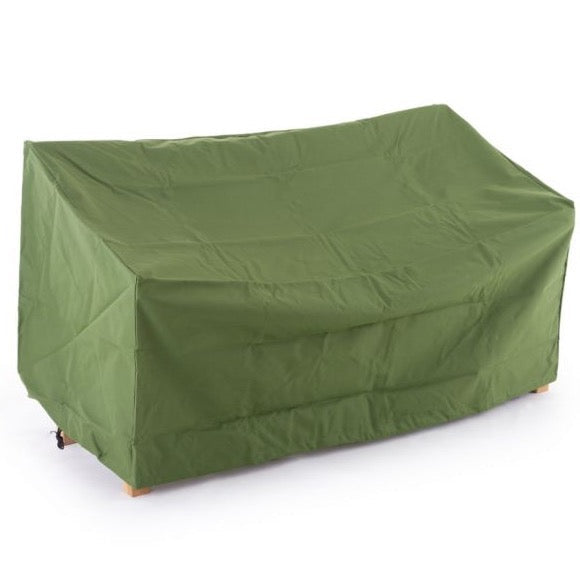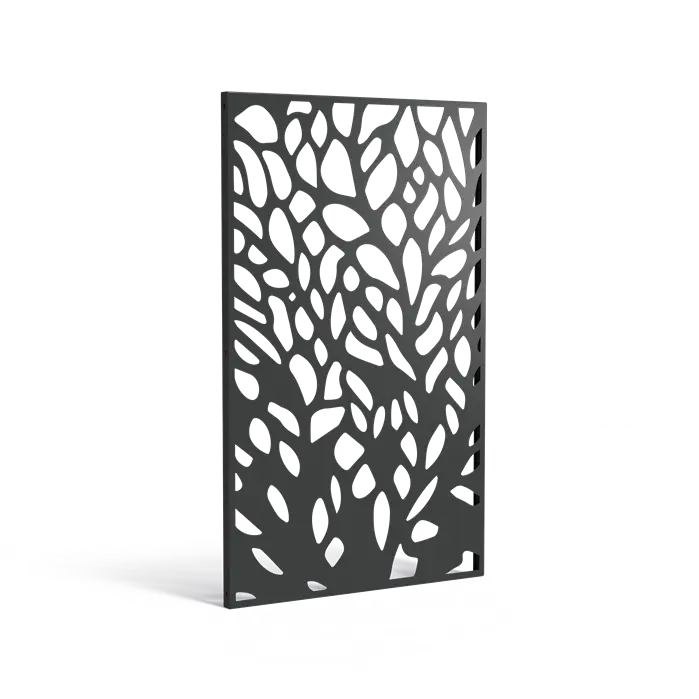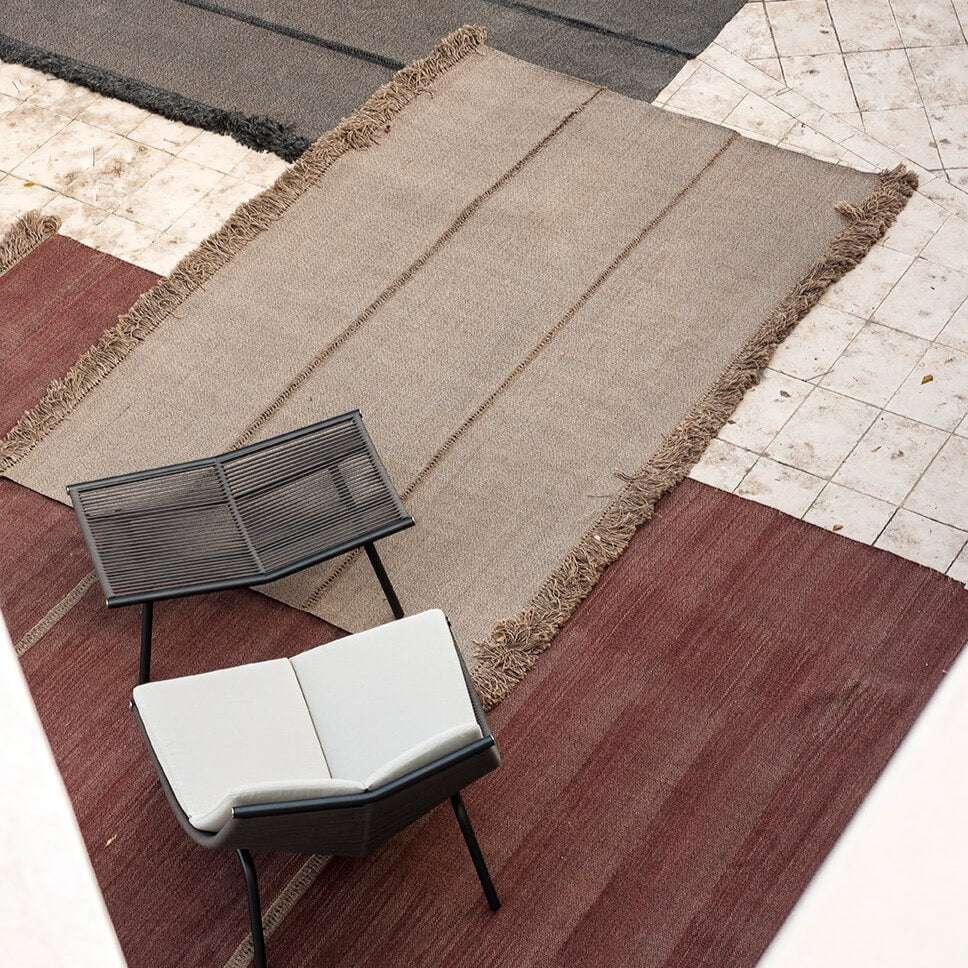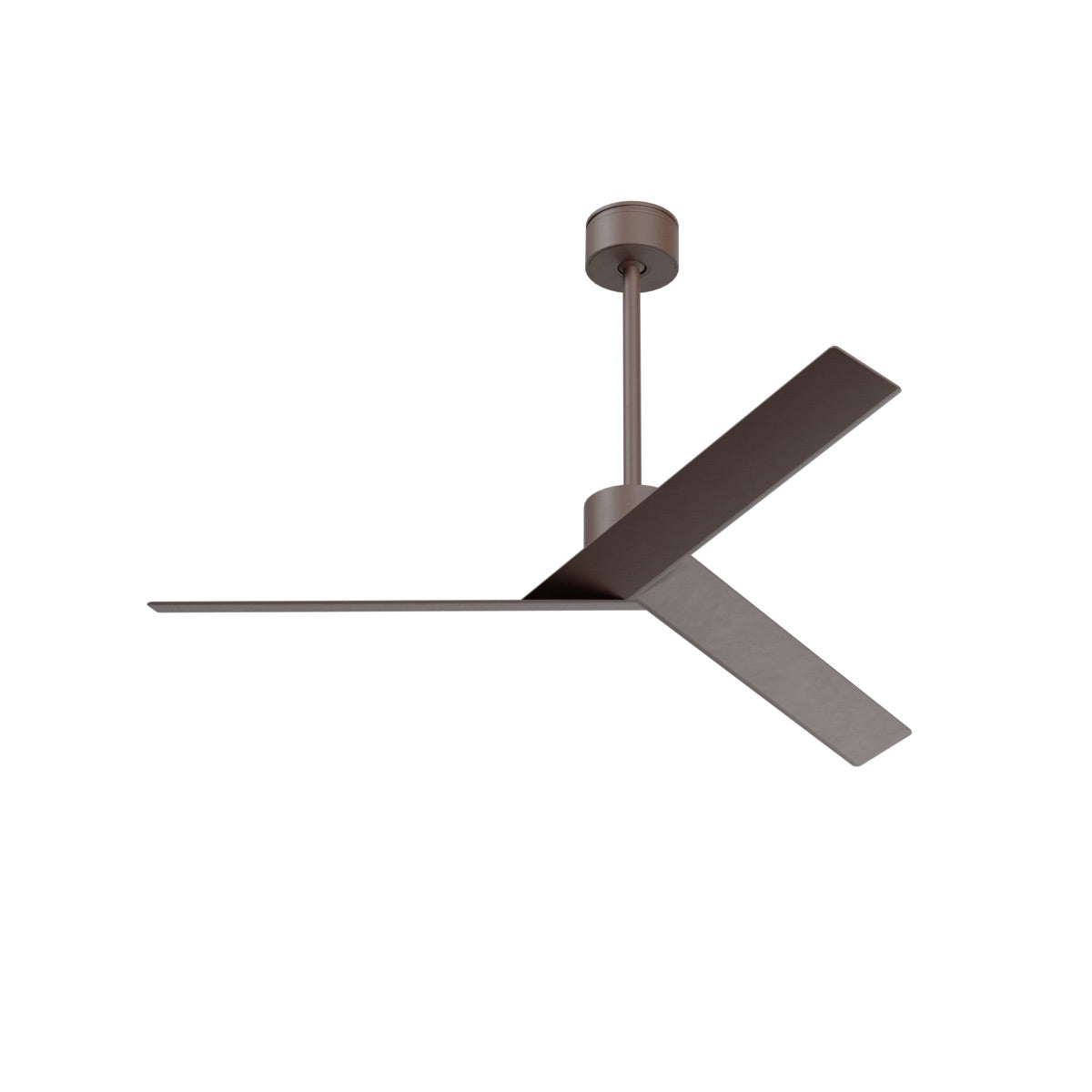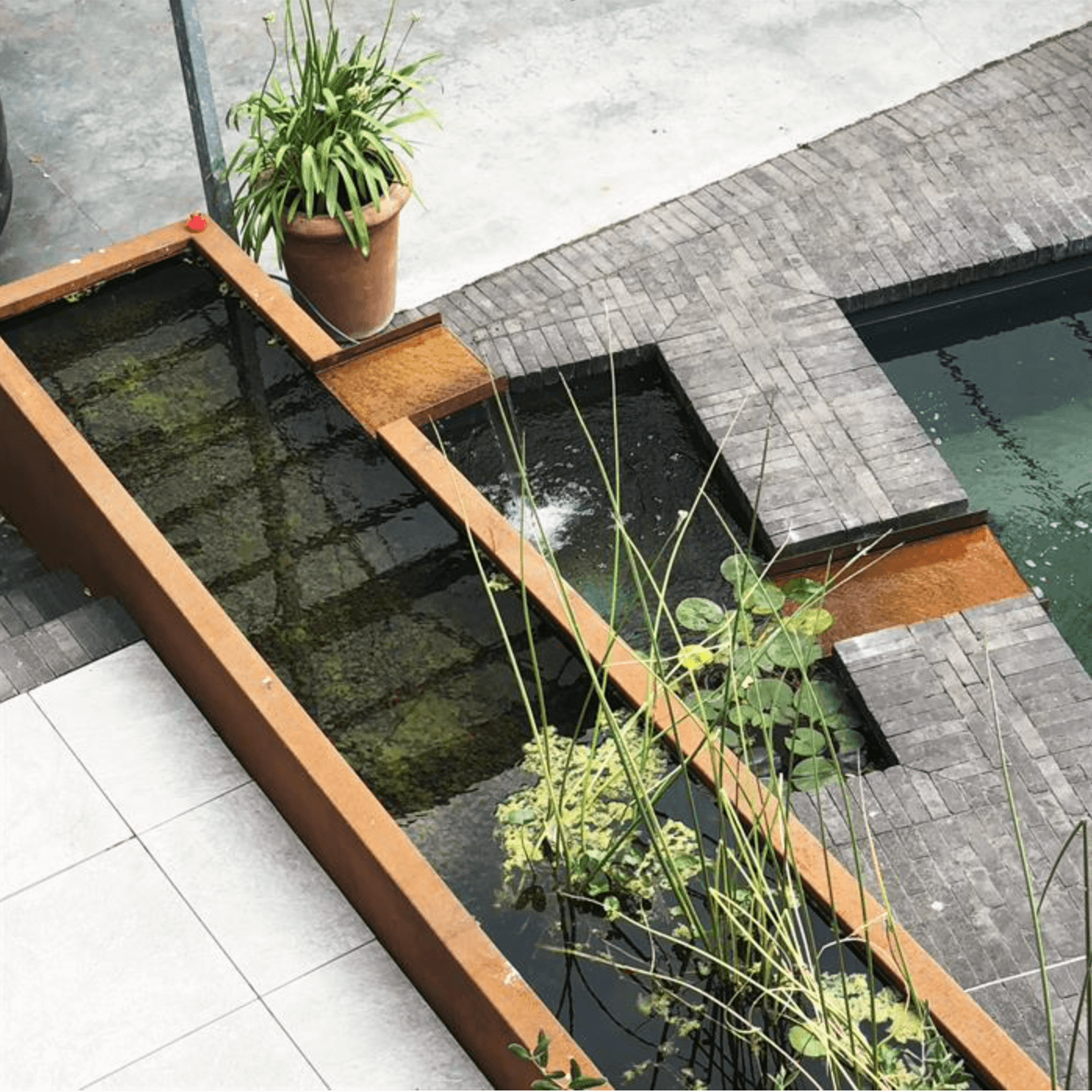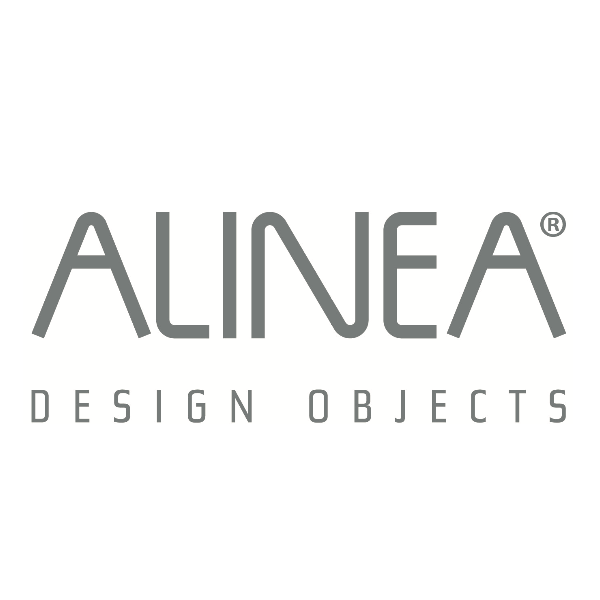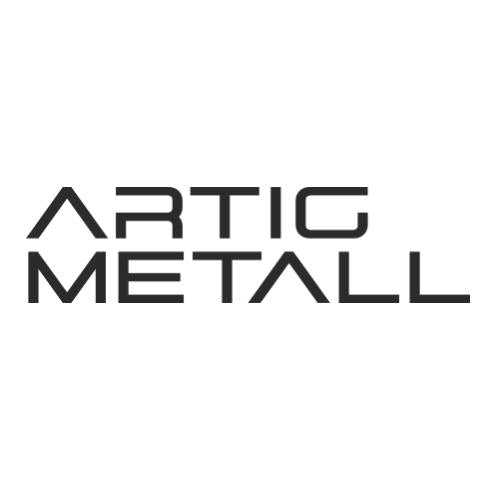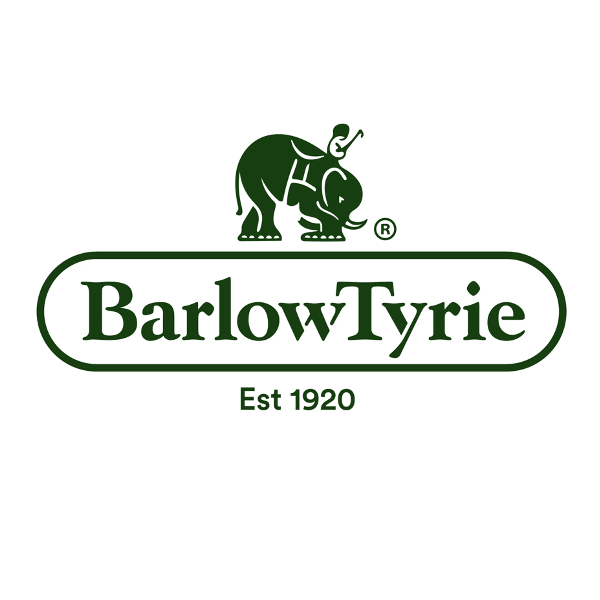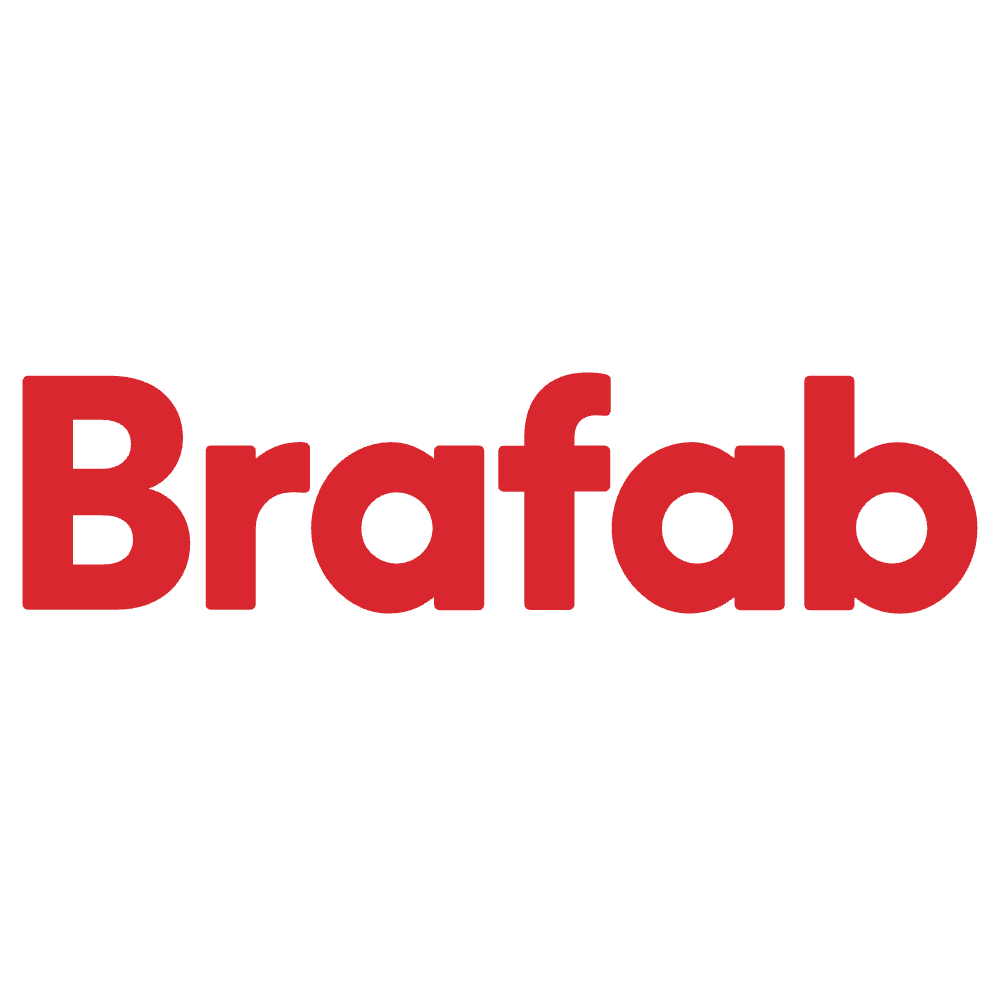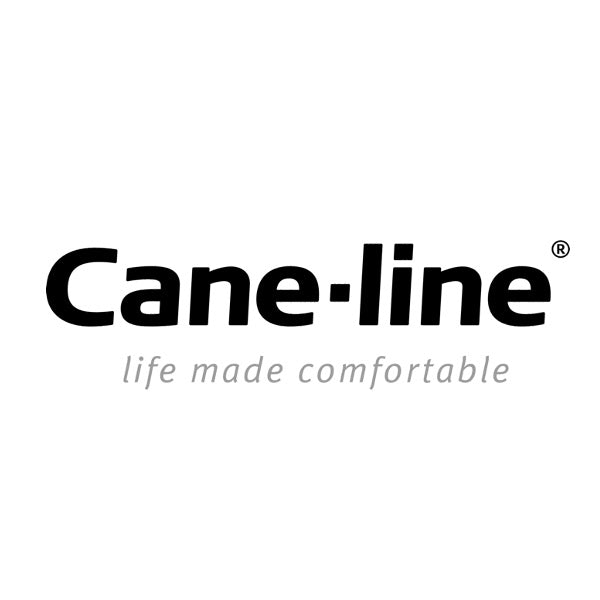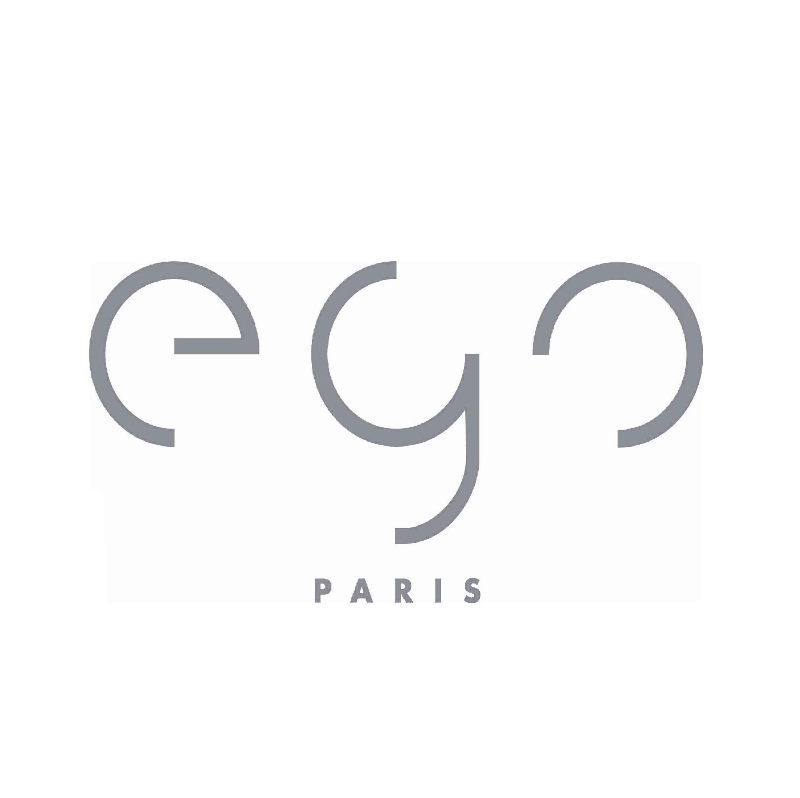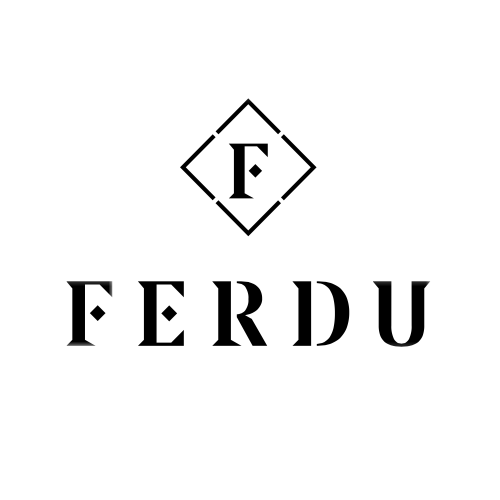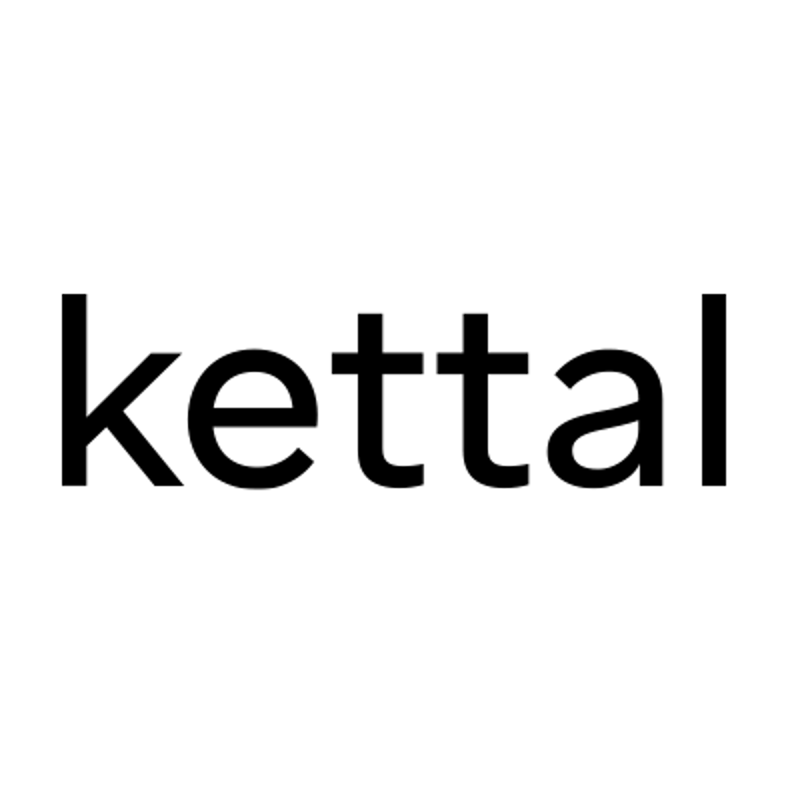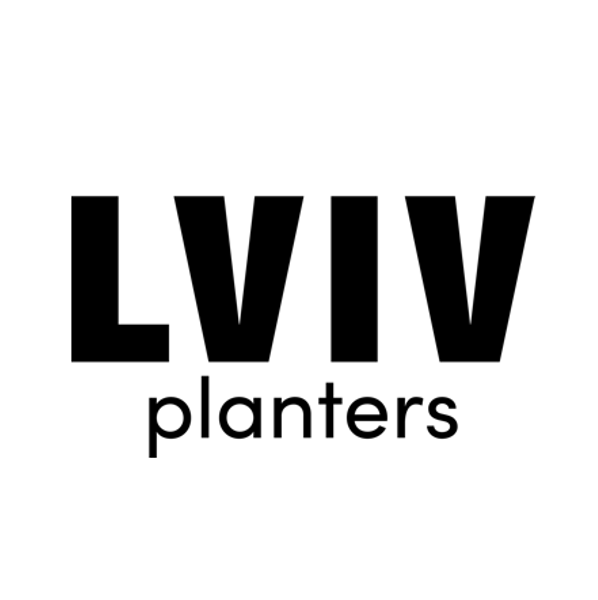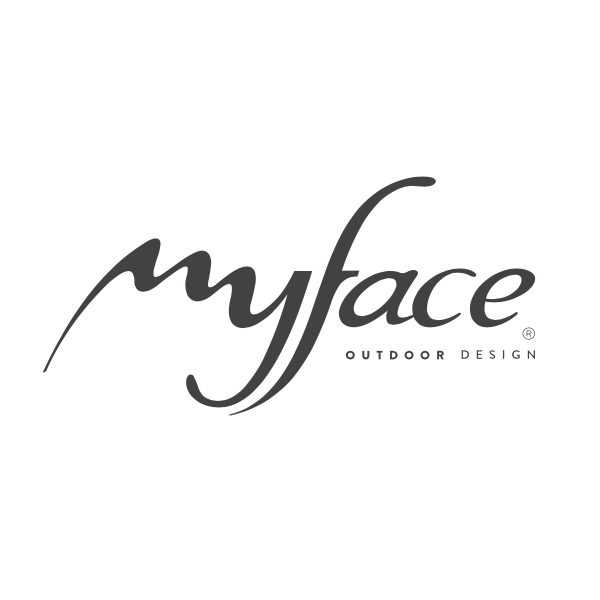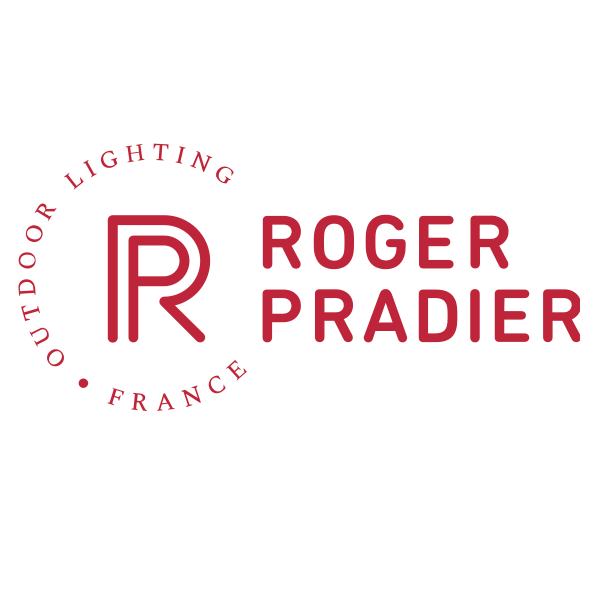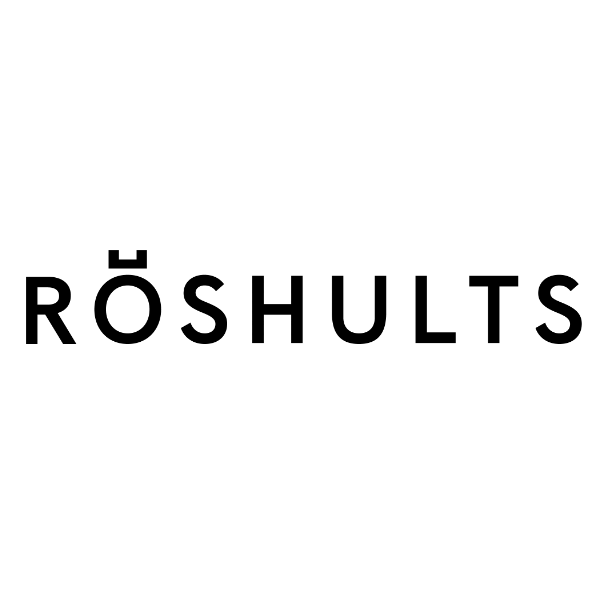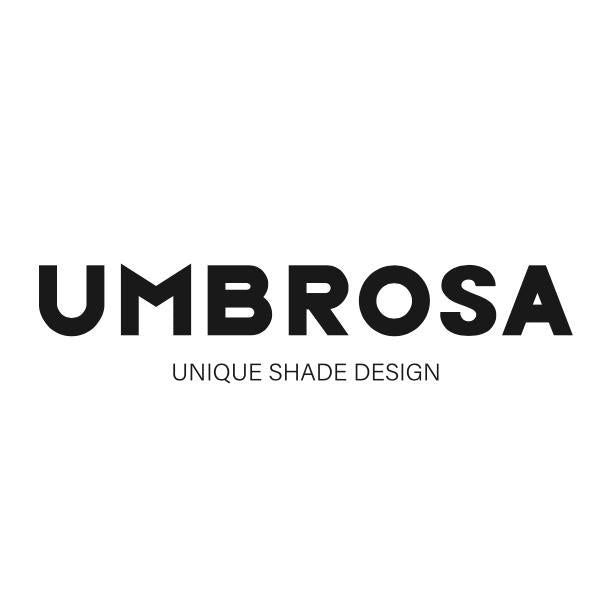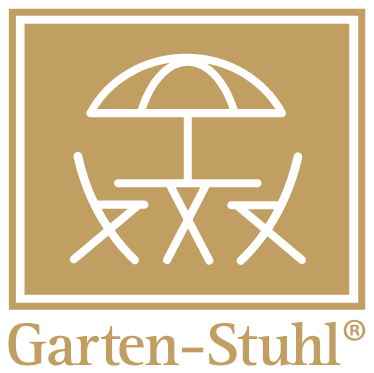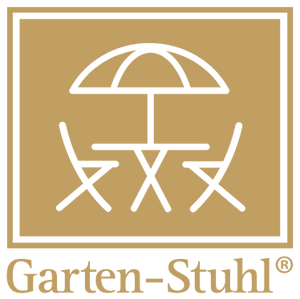
MANUAL for Atelier Vierkant planters
1. PLANTERS AND FROST
The porosity level of our planters is approximately 3%. This means that the planter hardly absorbs any moisture and is frost-resistant. It is also important that ice does not form around the plant's root ball so that it cannot put pressure on the interior walls. Good water drainage is crucial and is done as follows: DRAIN HOLES A hole is drilled in the middle of the planter. The standard size of a drain hole is 28mm. This can vary depending on the size of the vessel. Additional holes of various diameters are possible, e.g. for power cables or water supply/drainage. RUBBER FEET Round pots have three rubber feet with a diameter of 4 cm and a thickness of 1 cm; square/rectangular pots have four rubber feet (2). We also offer large square rubber feet for large pots (12x12 cm). PLANTING The container is partially filled with Argex grains, a root cloth is placed over it to separate the soil and grains and finally soil and the root ball of the plant are placed for planting (3). This method serves as an example; The exact planting always depends on various factors.
For closed models, we recommend an additional insulation layer between the wall of the vessel and the earth to reduce lateral pressure on the inside (4). With conical models, there is no pressure problem when freezing occurs due to the soil lifting sideways inside the pot.

2. INDOOR PLANTERS
Our planters are suitable for both indoor and outdoor use. Here are some recommendations and tools that can help you place your planters around the house:
WATERPROOF If you don't need water absorption, you can choose a planter without a drainage hole. These have a porosity of 3%, but with an additional polyester coating they are made 100% waterproof - perfect for indoor use.
COASTER For better water drainage, a drainage hole can be inserted into the vessel. Matching coasters catch excess water and are available in different sizes.
FLOOR PROTECTION WITH FELT FEET Soft felt feet protect your floor from scratches caused by the planters inside the house. Please let us know what the containers will be used for so that we can supply the appropriate felt feet.

POLYESTER INSERTS Various polyester inserts are available and are attached at the correct height below the rim of the vessel.

3. CARE
General
It is recommended to use a pressure washer to clean flower pot bottoms. Direct scrubbing of the planter should be avoided. The clay of the pots is colored throughout with natural oxides and fired at a temperature of around 1200°C. This means that the colors do not fade or fade when exposed to sunlight.
Green deposit remover
The products KE, KR, KD, KL, KKA, KKB, KKC and LC are treated as standard with a residue-free liquid and matt silicone B-Artisil. If desired, other products can also be treated. It is recommended to apply a green growth remover every two years - preferably with a soft brush.
4. RUBBER WHEELS
Our offer includes the option of attaching hard rubber wheels to the bottom of planters. The wheels are attached to an aluminum capsule and inserted through a drilled hole in the bottom of the vessel. Assembly is only possible on flat ground to allow customers to move their heavily loaded planters with ease.
The wheels fit into different types of planters, provided the bottom has a diameter or width of at least 35-40 cm. They raise the vessel by less than 1 cm and are therefore inconspicuous.
Prices and images can be provided upon request. Please note: There are no brakes on the wheels and on tall or narrow models special attention must be paid to stability when wheels are fitted.
TECHNICAL DATA:
• Wheel diameter: 35 mm
• Tread width: 25 mm
• Threaded stud: 10 x 20 mm
• Offset: 13.5mm
• Swivel angle: 62 mm
• Total height: 58 mm
• Temperature resistance: -20 to +60 °C
• Standard conformity to EN12530
• Weight per wheel::0.243 kg
Swivel radius: 31mm, Hardness level Shore D42,
Load capacity dynamic: 100kg, static: 200kg
5. FIXING A PLANTER TO THE GROUND
5. The planter is stable in the ground.

6. FIXING PEBBLES TO THE GROUND
2. Fixing the threaded rod in the ground Bend the upper part of the threaded rod at a right angle. Place a piece of plastic over the top to mark the optimal depth of impact into the ground and to protect against direct contact between metal and clay. It is crucial that the threaded rod is positioned correctly as this determines the orientation of the stone. Drill a hole in the ground for driving the threaded rod and fill it with chemical components for anchoring.
3. Attach three rubber feet to the bottom of the stone to keep it stable and off the ground.
4. Place the stone on the threaded rod and turn it until it sits firmly. Atelier Vierkant offers all the necessary technical steps as well as material deliveries - only drilling in the ground, inserting the threaded stands in the ground and installation takes place on site.
MATERIAL
rotating rod
3 rubber feet
Protection around the threaded rod – plastic
2 components for chemical anchoring 
7. WARRANTY
All Atelier Vierkant products are handmade, so colors and features may vary. Roughness, surface cracks and depressions are normal parts of the design and are not defects. These properties give the products their unique character. Customers are guaranteed against defects in materials and workmanship for two years from the date of purchase for personal use and one year for commercial use.
The guarantee does not cover damage caused by transport or accidents, nor does it cover modifications or repairs without the authorization of Atelier Vierkant.
Atelier Vierkant & Garten-Stuhl assumes no liability for installation or new installation costs, loss of use, loss of time, inconvenience or consequential damage of any kind.
CARE INSTRUCTIONS
To maintain the warranty, the products must be maintained in accordance with Atelier Vierkant's instructions. A high-pressure cleaner can be used to clean planters; however, the vessel should never be scrubbed directly. In addition, treatment with an anti-green deposit remover (B-Artisil) on the outside of the vessel is recommended every two years. Detailed care instructions can be found in our corresponding document.
FROST PROTECTION
Thanks to their low porosity, our planters are frost-resistant; they do not absorb water. It is important to ensure that the water can drain away easily to prevent ice formation - especially with straight shapes, an additional layer of insulation is needed between the ground and the clay.
TRANSPORT PROCESSING
Deliveries are made to the street side of a business/residential address where goods can be easily unloaded - the project manager/buyer must be present to check for damage.
Please only sign the delivery note after checking the condition of the goods; Any damage reports must be clearly formulated ("defective pots") otherwise Atelier Vierkant & Garten-Stuhl will not be liable for them.
Atelier Vierkant & Garten-Stuhl does not carry out any installation itself.
